Iran Travel Guide: Discovering the 24 Iran UNESCO World Heritage Sites
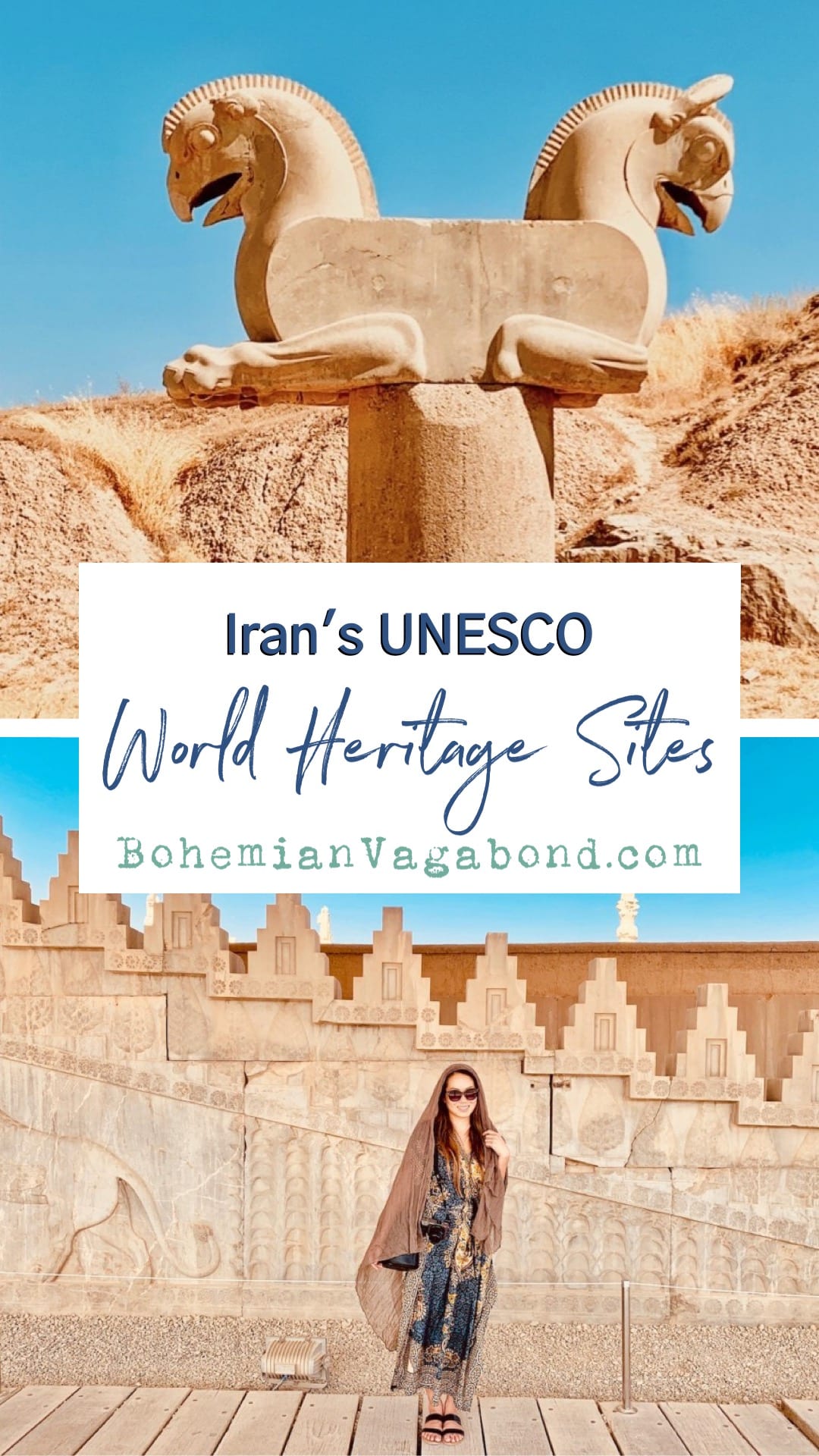 Iran is home to the rich history of the Ancient Persian civilization, famous rulers, poets, and the wonderful architecture and gardens throughout this large beautiful country. The country currently has twenty-two cultural sites and two natural sites recognized as the Iran UNESCO World Heritage Sites. And as I’ve mentioned in previous blogposts, Iran is so much more than it’s recent 40-year history since its revolution. It is home to the ancient Persian empire and the birth to Zoroastrianism, one of the oldest religions that roots back more than 2500 years (before common era).
Iran is home to the rich history of the Ancient Persian civilization, famous rulers, poets, and the wonderful architecture and gardens throughout this large beautiful country. The country currently has twenty-two cultural sites and two natural sites recognized as the Iran UNESCO World Heritage Sites. And as I’ve mentioned in previous blogposts, Iran is so much more than it’s recent 40-year history since its revolution. It is home to the ancient Persian empire and the birth to Zoroastrianism, one of the oldest religions that roots back more than 2500 years (before common era).
Contrary to popular opinion, Iran is very safe for tourists. Even for solo female travelers, as long as you follow the laws, as I preach time and again. Here is everything you need to know about traveling and discovering the 24 Iran UNESCO World Heritage Sites (separated by regions):
- Central Iran: UNESCO World Heritage Sites
- Northwestern Iran: UNESCO World Heritage Sites
- Northeastern Iran: UNESCO World Heritage Sites
- Western Iran: UNESCO World Heritage Sites
- Southwestern Iran: UNESCO World Heritage Sites
- Southwestern Iran: UNESCO World Heritage Sites
- The Persian Garden: UNESCO World Heritage Site
- How To Get To Iran?
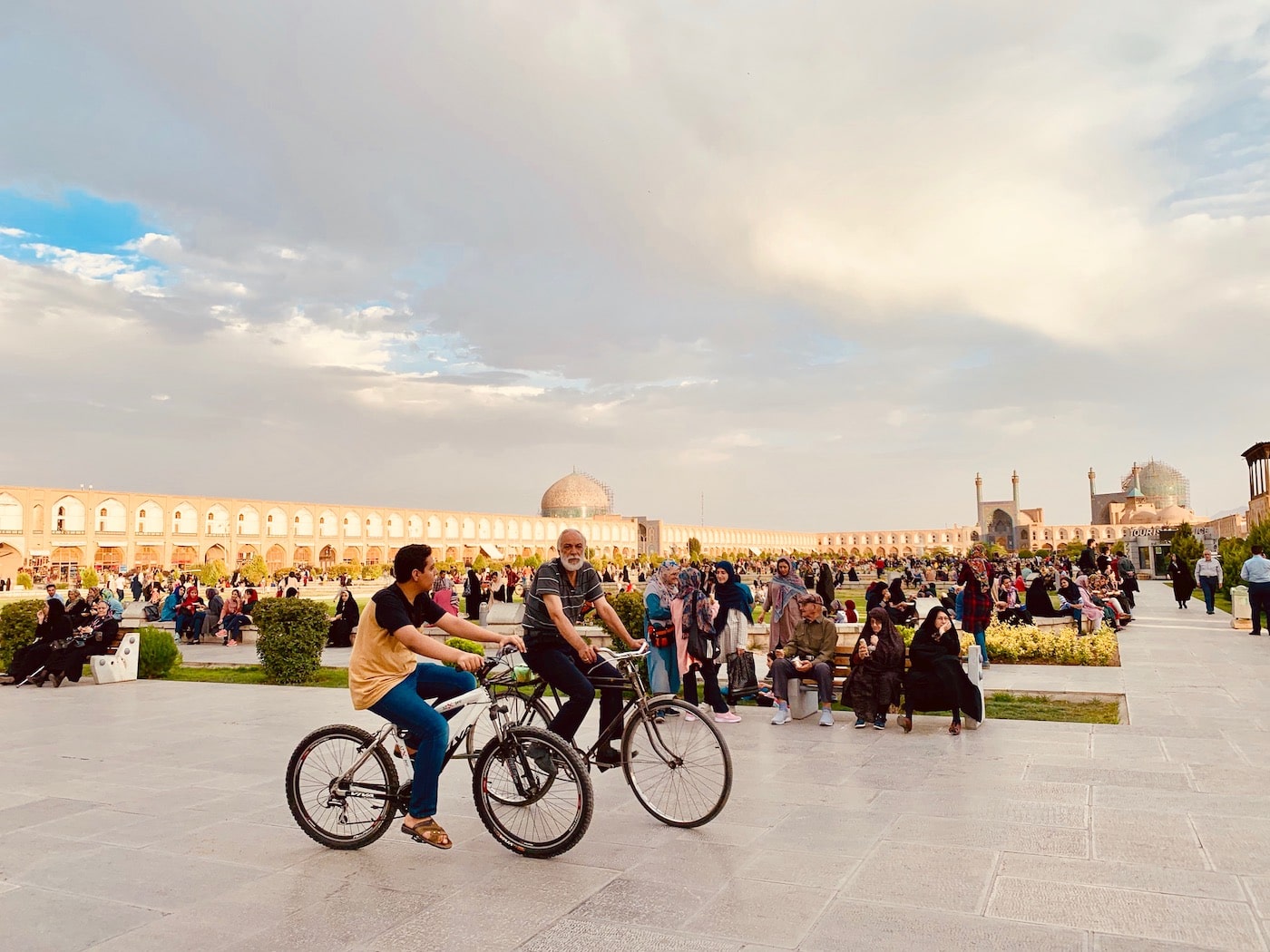
Note: The cost of entrance is quoted in IRR (Iranian Rials). At the time of my visit in July 2019, the currency was 110,000 IRR to 1 USD.
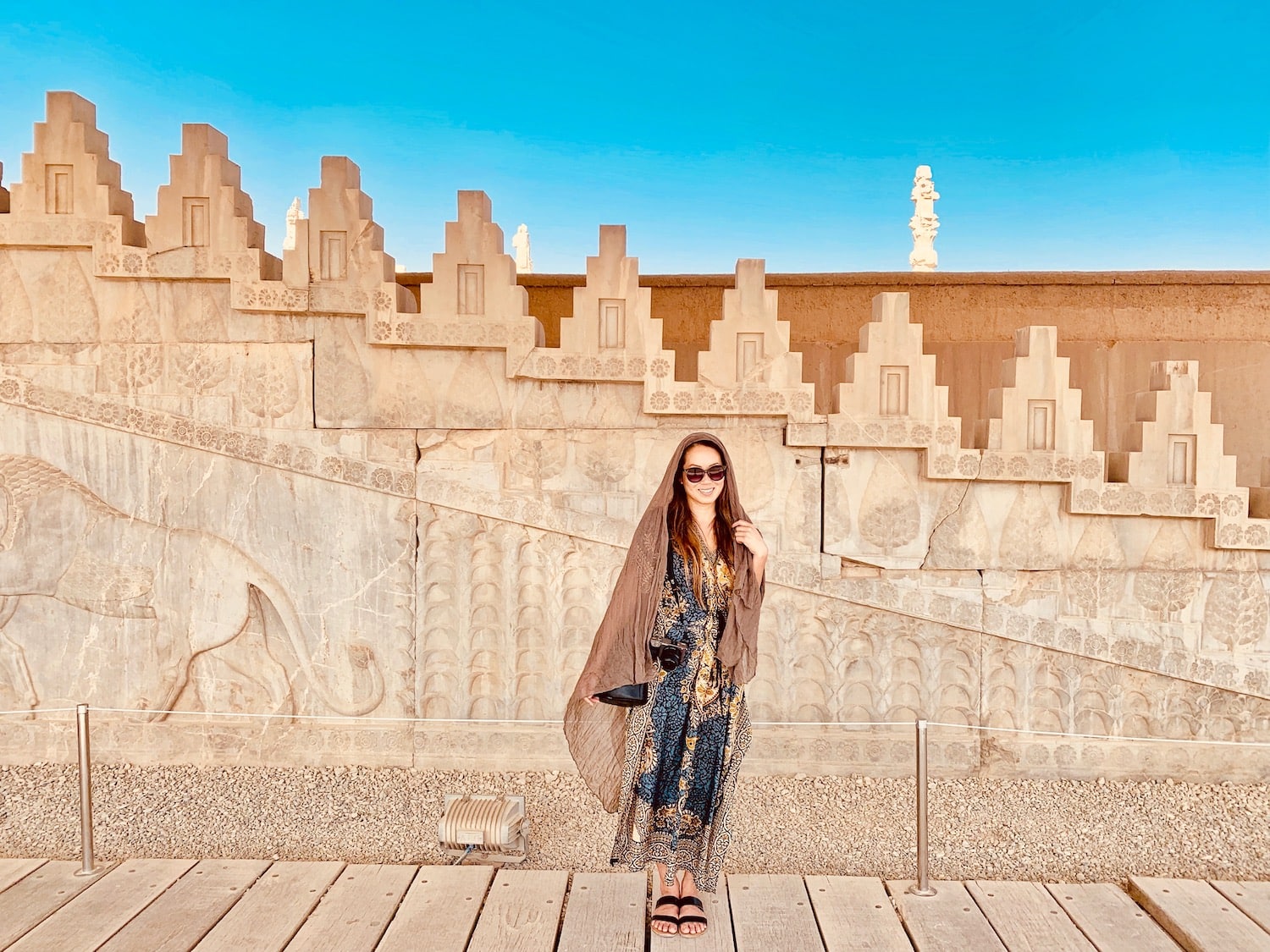
UNESCO World Heritage Sites in Central Iran
Golestan Palace | 2013
Located in the heart of Tehran, this is one of the oldest palaces in Tehran and the crowning glory of the Qajar era. The Golestan Palace is a masterpiece of art with the signature Persian tiles adorning the walls.
Golestan Palace was built about 440 years ago during Tahmasp I’s rule, the longest-reigning ruler of the Safavid dynasty. When the Qajar era came into power, Agha Mohammad Khan Qajar made Tehran the capital city of the country. And Golestan Palace became the official royal residence. Today, the compound is composed of eight palace structures surrounded by walls. The architecture is a mix of both ancient Persian and European style.
Entrance Fee: 300,000 IRR
Website: https://whc.unesco.org/en/list/1422/
Hours: 9:00am-6:00pm daily
Location: Tehran District 12, Fifth Khordad Avenue, Arg Sqr. Panzdah-e-Khordad St., Iran
Phone: +98 21 3311 3335
Masjed-e Jame of Ishafan | 2012
Masjed-e Jame, the Congregational Mosque, also known as the “Friday Mosque”, is located in Ishafan (historically known as Eshafan). First built during the 8th century, it is currently the oldest Friday mosque and one of the largest in Iran. The mosque has been renovated numerous times after being burnt down and rebuilt in the 11th century. Masjed-e Jame’s present architecture and design were mainly from its expansion in 1086 during the rule of the Seljuq dynasty.
The mosque has been undergoing further expansions and renovations until today. Today, the Masjed-e Jame has four iwans (a rectangular hall or space), the north and south domes, and numerous prayer halls.
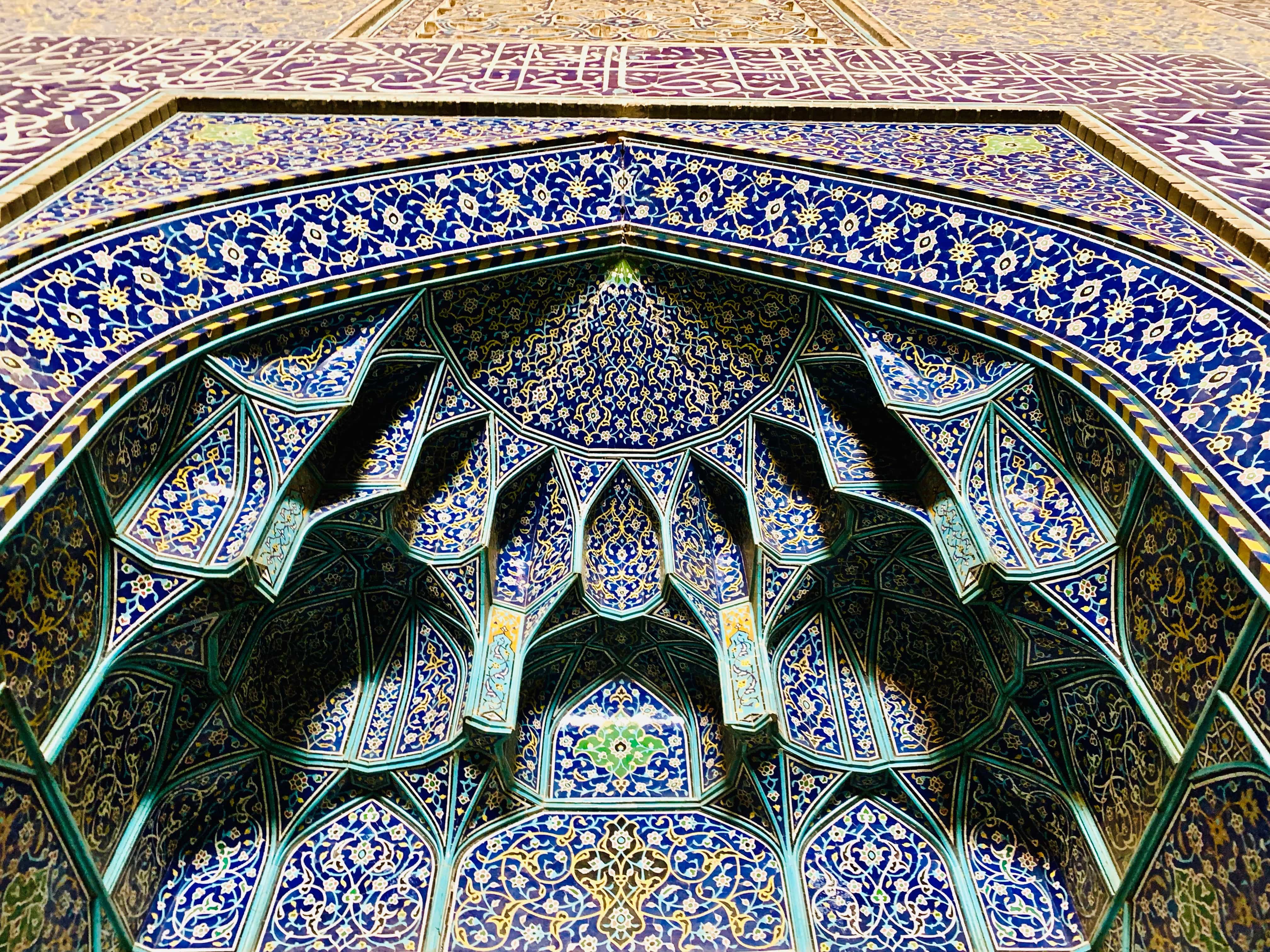 Note: Women are required to wear a chador (full cloak) upon entry which will be provided free of charge.
Note: Women are required to wear a chador (full cloak) upon entry which will be provided free of charge.
Entrance Fee: 200,000 IRR ($4.75 USD)
Hours: 9:00am-11:00am / 1:15pm-4:30pm
Location: Ishafan Province, Ishafan, Majlesi St., Iran
Phone: +98 31 3445 6400
Meidan Emam of Esfahan
Nashq-e Jahan, also known as “The Meidan” or “Emam Square”, is located in Esfahan (just 406 kilometers south of Tehran). The Meidan Emam is a series of monumental buildings built by Shah Abbas I, the 5th Safavid shah or king during the early 17th century. It is widely known for the Royal Mosque, the Mosque of Sheykh Lotfollah, and the 15th century Timurid Palace.
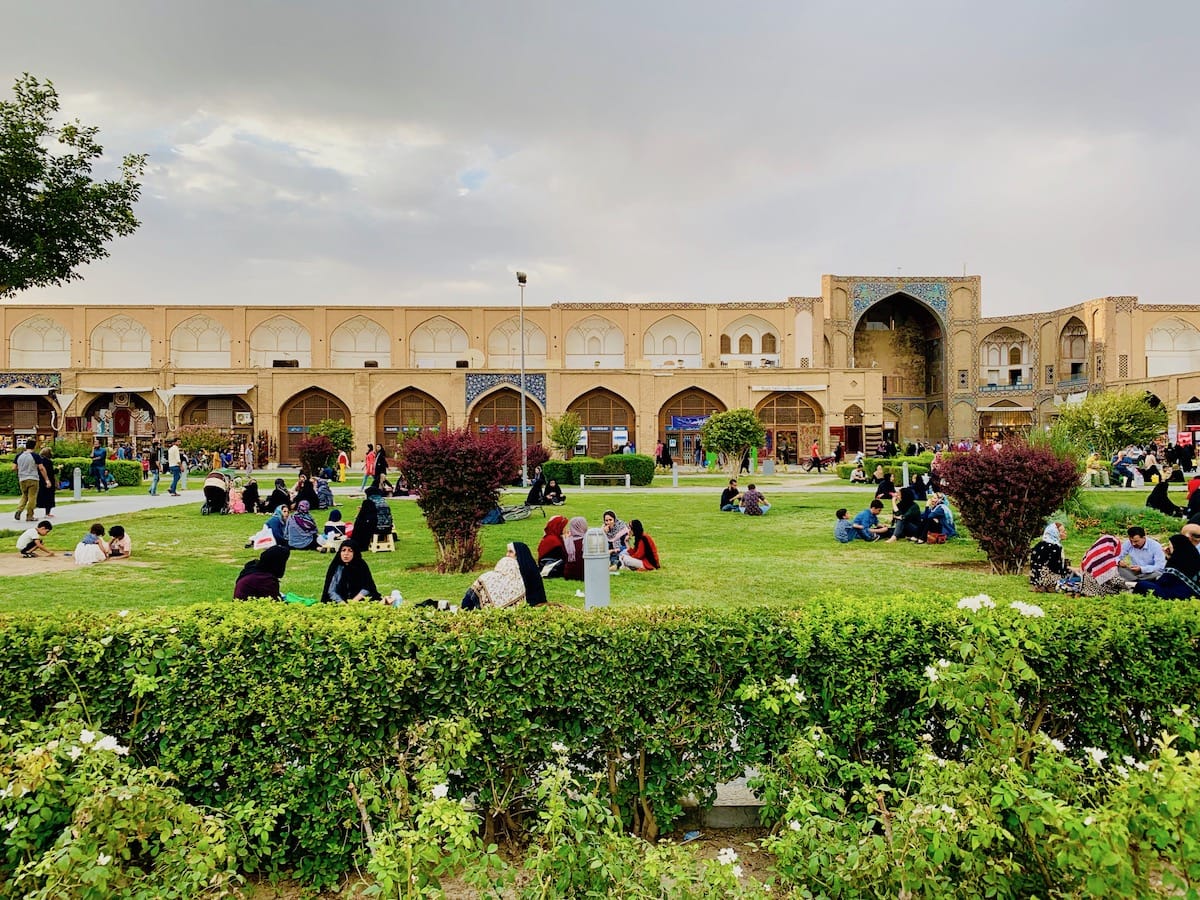
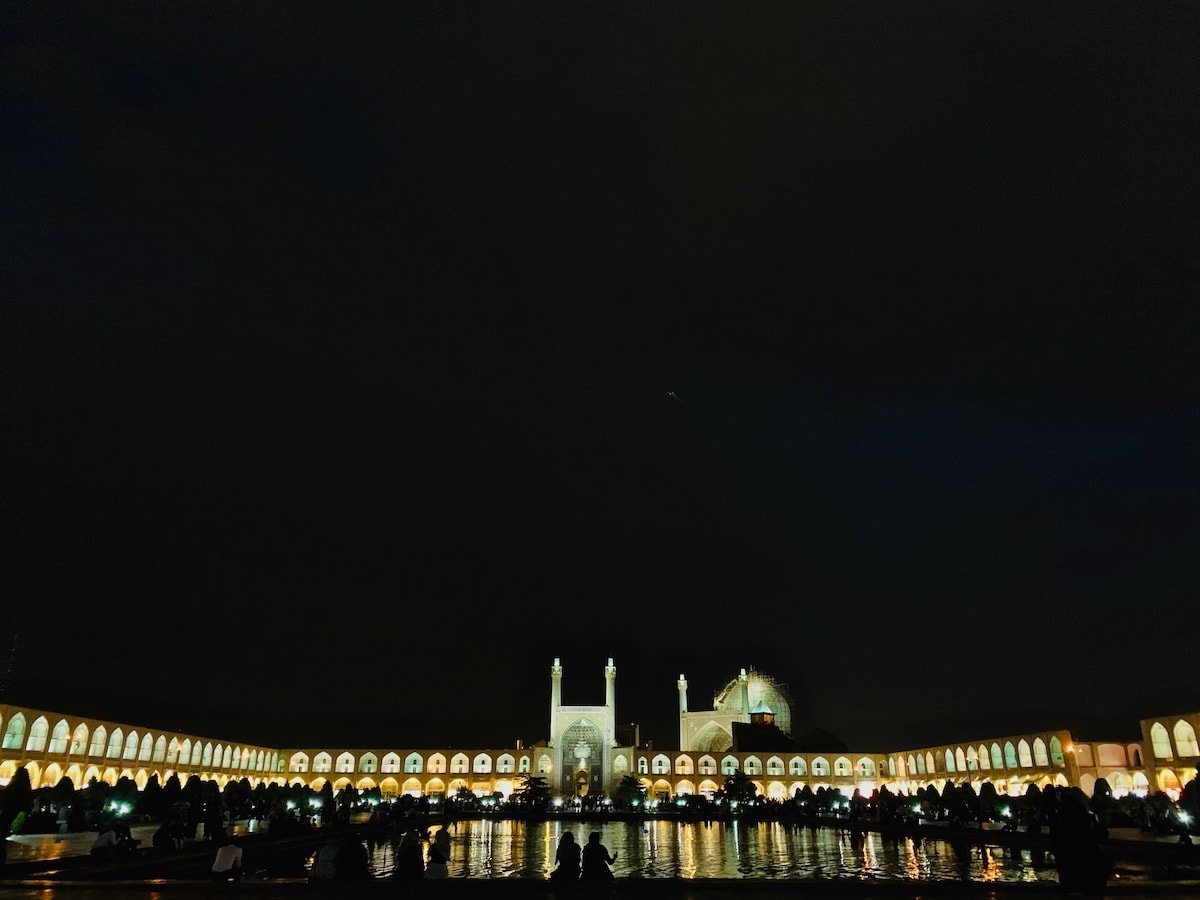
Entrance Fee: Free
Hours: Open 24/7
Location: Isfahan Province, Iran
The Historic City of Yazd | 2017
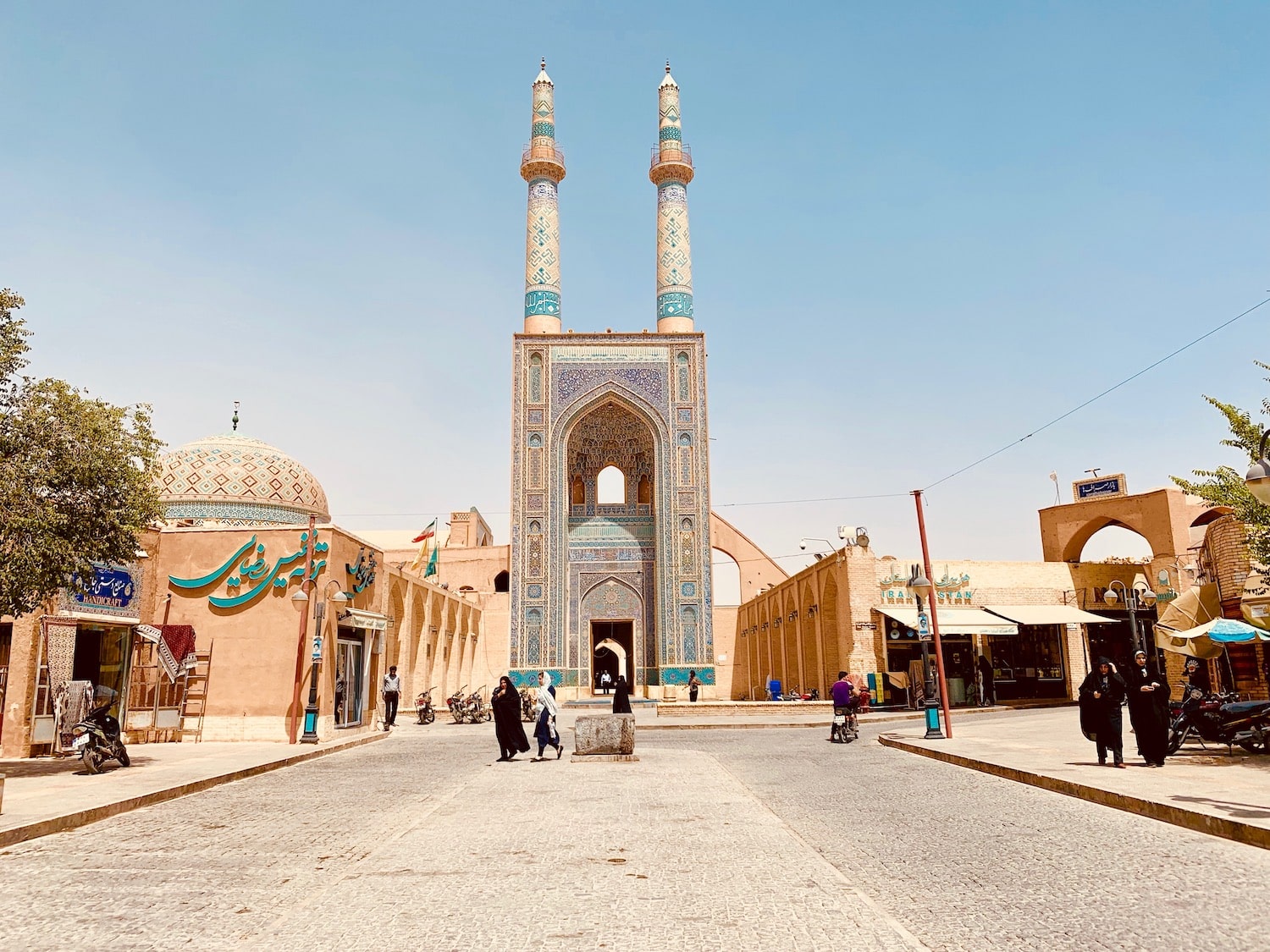
One of the recent cultural heritage sites recognized by UNESCO, the Historic City of Yazd has long been one of the top attractions in Iran. Located 270 kilometers from Ishafan, the city was able to preserve its traditional earthen structure and pure essence. The Historic City of Yazd was once part of the Medes domain as Yazd was the capital of Atabakan and Mozzafarid dynasties in the 14th century. Due to Yazd’s arid climate with desert surrounding the city, Yazd was spared from foreign invasion and influence.
Today, the city’s water supply is brought by the qanat system (another Iran UNESCO cultural heritage). Traditional homes are built with courtyards below ground level. One of the Persian Gardens recognized as a UNESCO World Heritage Site can also be found here, the Dolat Abad Garden.
Sites to visit in Yazd: Tower of Silence, Zoroastrian Fire Temple, Jameh Mosque, Amir Chaqhmaq Square, Old Town Yazd
Eat at: Silk Road Hotel
Stay at: Dad Hotel
Northwestern Iran: UNESCO World Heritage Sites
Armenian Monastic Ensembles of Iran | 2008
Located in northwest Iran, the Armenian Monastic Ensembles covers a land area of 129 hectares. It consists of three Armenian churches: St. Thaddeus, St. Stepanos, and the Chapel of Dzordzor. St. Thaddeus, being the oldest church, dates back to the 7th century. The three monasteries serve as the only remaining relics of Armenian culture in the region.
The monasteries have undergone renovations and reconstructions multiple times, most notably during the 19th century led by Qajar prince Abbas Mirza.
Hours: 8:00am-6:00pm daily
Location: West Azerbaijan and East Azerbaijan Provinces, Iran
Sheikh Safi al-din Khanegah and Shrine Ensemble in Ardabil | 2010
Located in the Ardabil Province of Iran approximately 660 kilometers from the capital, the Sheikh Safi al-din Khanegah and Shrine Ensemble was built in the early 16th century towards the 18th century.
This UNESCO World Heritage Site was named after the Islam Sufi leader Sheikh Safi born in Ardabil. His mausoleum was built by his son, Sheikh Sadr al-Din Musa making the shrine as the most prominent shrine and most complete khanegah, a place for gatherings and retreats. The Sheikh Safi-al din Khanegah and Shrine Ensemble is recognized as a valuable representation of the principles of Sufism.
Note: Women are required to wear a chador upon entry which will be provided for free.
Entrance Fee: 200,000 IRR
Hours: 8:30 am-7:30 pm daily (except Mondays)
Location: Ardabil, Sheikh Safi al-din Ardabili, Iran
Tabriz Historic Bazaar Complex | 2010
Located in the East Azerbaijan province, in the northwestern part of Iran, the Tabriz Bazaar became famous as Tabriz became the capital of the region in the 13th century. It became an important commercial hub for international and cultural exchanges in Iran. The bazaar complex consists of interconnected brick structures and buildings and is one of the Middle East’s oldest bazaars.
Hours: 6:30am-9:00pm daily
Location: Bazar, Tabriz, East Azerbaijan Province, Iran
Takht-e Soleyman | 2003
Located in between the cities of Urmia and Hamadan, Takht-e Soleyman is a citadel including the ruins of a Zoroastrian fire temple and the historical Persian architecture dating back to the Sasanian period. The site also includes a lake, a volcano, the archeological mound, Tepe Majid, and a mountain to its east that served as a quarry.
Entrance Fee: 80, 000 IRR ($1 USD)
Hours: 8:00am-7:30pm
Location: Tazeh Kand-e Nosrat Abad, West Azerbaijan Province, Iran
Phone: +98 44 4545 5312
Soltaniyeh | 2005
Located approximately 240 kilometers from Tehran, the city of Soltaniyeh served as the capital of the Mongol Ilkhanid rules in the 14th century. In this site stands the mausoleum of Oljaytu, constructed in 1302-1312, which is covered with a turquoise dome adorned Persian tiles. The dome covering the Mausoleum of Oljaytu is 50 meters high and is believed to be the first of its kind. Later on, it became an inspiration for Islamic architectural designs.
Entrance Fee: 200,000
Hours: 7:00am-11:00pm daily
Location: Zanjan Province, Iran
Hyrcanian Forests | 2019
The newest addition to the Iran UNESCO World Heritage Sites is the Hyrcanian Forests stretching from the northwest to the northeastern regions of Iran. This strip of lush forests is 850 kilometers long dates back to 50 million years ago. The forests currently have a registered number of 180 bird species and 58 mammal species.
Northeastern Iran: UNESCO World Heritage Sites
Gonbad-e Qabus | 2012
Gonbad-e Qabus is a monumental cylindrical tomb tower located in the Golestan Province of Iran. It is a 53-meter tower built in AD 1006 that marks the grave of Qabus, a ruler from the Ziyarid dynasty. The tower stands in what once was the ancient city of Jorjan and is, in fact, the only remaining relic of the city after its destruction in the 14th century following the Mongol invasion. The new city Gonbad-e Kavus was named after the tomb tower.
Entrance Fee: 200,000 IRR ($4.75 USD)
Hours: 9:00am-12:00pm / 3:00pm-6:00pm daily
Location: Gonbad e-Kavus, Gonbad e-Kavus County, Golestan Province, Iran
Western Iran: UNESCO World Heritage Sites
Bisotun | 2006
Located in the province of Kermanshah (about 490 kilometers from Tehran), this UNESCO World Heritage Site is famous for the multilingual inscription and large relief situated on a cliff in Mount Behistun.
The cuneiform inscription was ordered by Darius I in 521 BC. The bas-relief also portrays Darius I holding a bow and around the bas-reliefs are lines of inscriptions about the battle stories of Darius. These inscriptions were written in three languages: Old Persian, Elamite, and Babylonian. The inscriptions were measured up to 15 meters high and up to 25 meters in width.
Entrance Fee: 200,000 IRR
Hours: 8:00am-7:00pm daily
Location: Mount Behistun, Kermanshah Province, Iran
Southwestern Iran: UNESCO World Heritage Sites
Susa | 2015
Located in the province of Khuzestan, Susa is an ancient city of the Proto-Elamite, the first Persian Empire: Seleucid, Parthian and Sasanian empires of Iran. It is located in the lower Zagros Mountains, 250 kilometers east of the Tigris River. It is believed that the earliest settlement in this ancient city can be traced back to 4395 BCE. During the Sumerian period, Susa became the capital of the state, named “Susiana”. It became the commercial and religious center of Susiana. Today, the ancient city is uninhabited and only a group of artificial archeological mounds and large excavation sites can be seen in the area.
Location: Shush, Khuzestan Province, Iran
Pasargadae | 2004
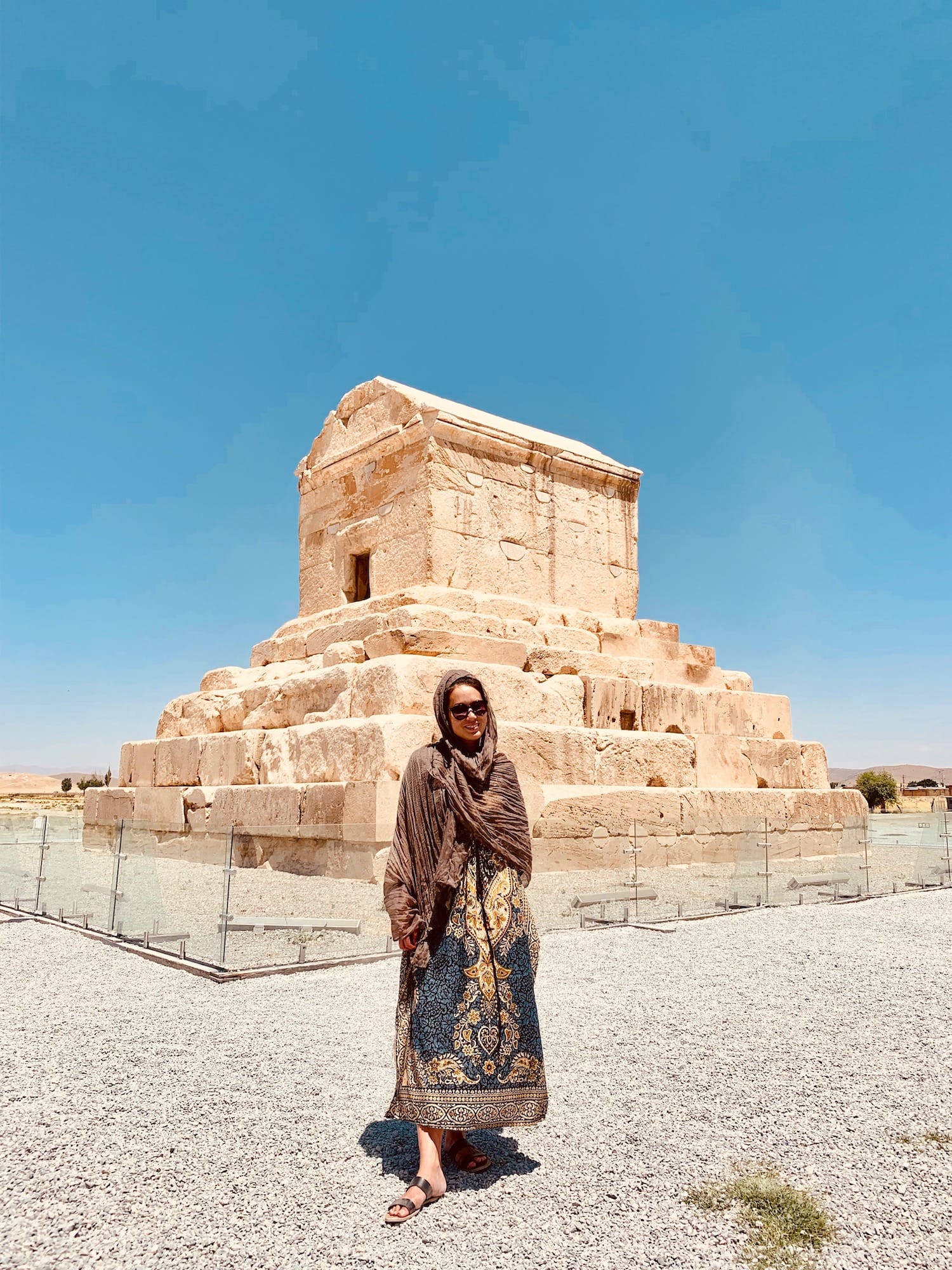 Pasargadae was the capital of the Achaemenid Empire built under the rule of Cyrus The Great in 546 BC. It is located approximately 130 kilometers from the city of Shiraz in the Fars Province. The archaeological site is most famous for Cyrus The Great’s tomb. Through the many conquerors and wars throughout history, Pasargadae was one of the few untouched sites due to the eternal respect to Cyrus the Great.
Pasargadae was the capital of the Achaemenid Empire built under the rule of Cyrus The Great in 546 BC. It is located approximately 130 kilometers from the city of Shiraz in the Fars Province. The archaeological site is most famous for Cyrus The Great’s tomb. Through the many conquerors and wars throughout history, Pasargadae was one of the few untouched sites due to the eternal respect to Cyrus the Great.
To the east, the oldest known propylaeum can be seen. Pasargadae is 160 hectares in size and is believed to be the first great multicultural empire in Western Asia.
Entrance Fee: 200,000 IRR
Hours: 8:00 AM-7:00 PM daily
Location: Pasargad, Fars Province, Iran
Phone: +98 71 4358 2790
Persopolis | 1979
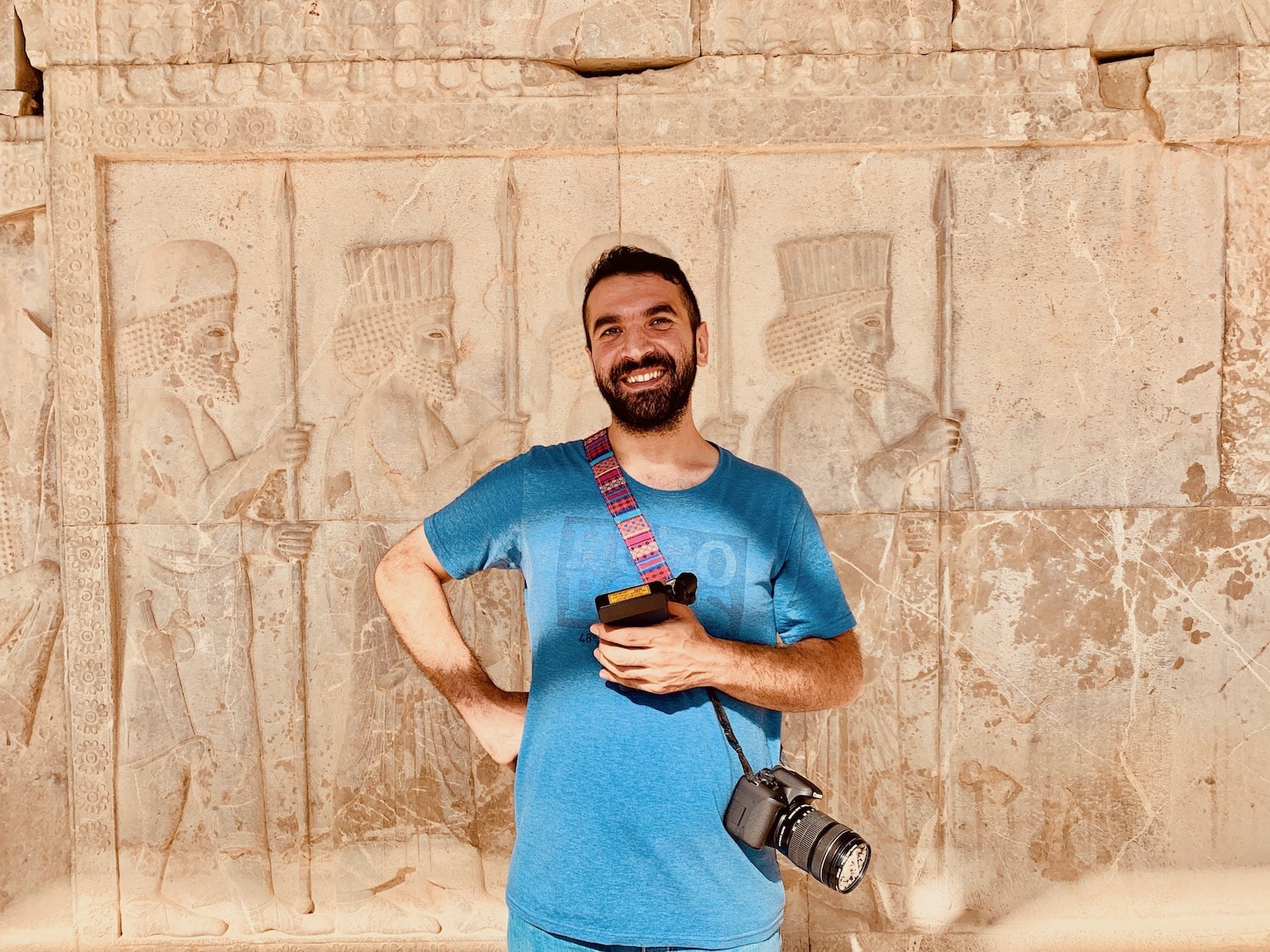 Persepolis was known as Darius the Great’s empire. Just 60 kilometers away from the city of Shiraz and 40 kilometers from Pasargadae, Persepolis, perhaps the most famous Iran UNESCO World Heritage Site was founded by Darius I in 518 BC. This ceremonial capital gives you a glimpse into arguably the most powerful, and peak time in the Persian empire. The palaces, ruins, and cement carvings will take you to what once was where the Achaemenid Empire was seated.
Persepolis was known as Darius the Great’s empire. Just 60 kilometers away from the city of Shiraz and 40 kilometers from Pasargadae, Persepolis, perhaps the most famous Iran UNESCO World Heritage Site was founded by Darius I in 518 BC. This ceremonial capital gives you a glimpse into arguably the most powerful, and peak time in the Persian empire. The palaces, ruins, and cement carvings will take you to what once was where the Achaemenid Empire was seated.
Entrance Fee: 200,000 IRR
Hours: 8:00AM-6:00PM.
Location: Marvdasht, Fars Province, Iran
Sassanid Archeological Landscape of Fars Region | 2018
Located in the southeastern part of the Fars province from the ancient city of Bishapur, Firuzabad, and Sarvestan, is the Sassanid Archaeological Landscape. This site is comprised of eight Sasanian-era archeological sites: the Shapur Cave in Bishapur, the Sarvestan Palace, and Qal’eh Dokhtar, Ardashir Institute Relief, Victory Relief in Ardashir, Ardashir Khurreh and Palace of Ardashir in Firuzabad.
The palaces and structures can be traced back to 200-600 CE. The Palace of Ardashir was built by Ardashir Papakan, the founder of the Ardashir dynasty.
Location: Fars Province, Iran
Shushtar Historical Hydraulic System | 2009
This hydraulic system can be traced back to Darius The Great’s rule in the 5th century BC. Located in the province of Khuzestan, this structure includes dams, tunnels, canals, and watermills. One of the two main diversion canals, the Gargar canal, provides the water supply of the city of Shushtar through tunnels. The water supply brought by this structure also enables farming in Mianab (Paradise).
Entrance Fee: 200,000 IRR
Hours: 8:00AM-7:00PM
Location: Shushtar, Khuzestan Province, Iran
Tchogha Zanbil | 1979
Tchogha Zanbil is the ruins of the Ancient Kingdom of Elam (known as Khuzestan Province today). It was founded as the religious center of Elam by the Elamite King Untash Napirisha. Together with the ancient city of Susa, Tchogha Zanbil is believed to be one of the significant sources of knowledge about the Elamite period. This holy city of Elam was destroyed in 640 BCE by the Assyrian king Ashurbanipal. The site is enclosed by walls made of mud bricks with cuneiform inscriptions. A vast ziggurat, tomb palaces, and water reservoirs that serve as relics of the Elamite period.
Entrance Fee: Free
Hours: 7:30am-7:00pm
Location: Khuzestan Province, Iran
Phone: +98 61 4286 7213
Southeastern Iran: UNESCO World Heritage Sites
Shahr-i Sokhta | 2014
Shahr-i Shoktha, also known as “Burnt City”, is an archeological site that can be traced back to the Bronze Age. It is located in the province of Sistan – Baluchestan in the southeastern part of Iran. This ancient city was founded around 3200 BCE but was later abandoned due to harsh living conditions during the second millennium. Today, what’s left of Sharh-i Sokhta are the ruins of the once mud-brick city.
Hours: 8:00am-12:00pm / 4:00pm-8:00pm
Location: Sistan-Baluchestan Province, Iran
Lut Desert | 2016
The Lut Desert is one of the two natural heritage sites recognized by UNESCO in Iran. This site has a land area of 2.2 million hectares and ranks as the 25th largest salt flat in the world. The eastern part of the property is covered in salt flats while the southern part is a vast area covered in sand with sand dunes as tall as 300 meters.
View this post on Instagram
Location: Provinces of Kerman and Sistan-Baluchestan, Iran
Cultural Landscape of Maymand | 2015
Maymand is a cultural village located in the Meymand Rural District. Maymand is believed to be the location of the earliest settlements in the Iranian plateau tracing back to 700 to 800 BC built by the Aryan tribe. Hand-dug houses and stone carvings can be found in this World Heritage Site. The community that resides in Maymand today is known to have a close bond with nature, preserving its natural landscape and cultural traditions.
Location: Maymand Village, Meymand Rural District, Kerman Province, Iran
Bam and Its Cultural Landscape | 2004
Located in southeastern Iran, 1060 meters above sea level, Bam valley is a part of the cultural landscape that is the Bam county. This site includes a citadel that can be traced back to the Achaemenid period in the 6th century. The Arg e Bam which can be also found in the site is the largest building in the world that is made of earth and organic materials.
Other historic structures outside Arg e Bam also include the Qal’eh Dokhtar built in the 7th century, the Emamzadeh Mausoleum built in the 11th century, Emamzadeh Asisi Mausoleum built in the 12th century, underground water canals, and the famous qanats.
Entrance Fee: 200,000 IRR
Location: Bam, Kerman Province, Iran
The Persian Qanat | 2016
When traveling to the Middle East, particularly Iran, you’ll notice how arid the temperature can be. The Persian Qanat is a representation of countries in this part of the world that thrives in such a harsh climate. The Persian Qanat is a water system that is responsible for the water supply throughout the country. It operates through underground tunnels and alluvial aquifers.
Did you know?
Iran currently ranks as the 10th country (tied with the United States)
with the most number of UNESCO World Heritage Sites.
Persian Gardens under Iran Unesco World Heritage Sites
The Persian Garden is a group of nine Persian Gardens in various provinces in Iran. Recognized for their traditional Persian designs, these gardens can be traced back to the time of Cyrus The Great in the 6th century BCE. Today, architects and designers around the world have adopted the classic styles of Persian Gardens. Families in Iran enjoy visiting the gardens regularly as a way to cool off from the warm temperatures. All the gardens are guarded off by higher walls. Between the walls, fountains, aqua duct systems and the large amounts of trees and flowers planted, it brings down a significant change in temperature for those in the garden to cool off.
Ancient Garden of Pasargadae
Entrance Fee: 200,000 IRR
Hours: 8:00am-7:00pm daily
Location: Pasargad, Fars Province, Iran
Eram Garden in Shiraz
The Eram Garden was initially named “Bagh-E-Shah” which translates to “Emperor’s Garden”. Eram Garden was built in the middle of the 12th century and belonged to the Qashqai Tribe before being confiscated by the Central Government. It is located at the northern shore of the Khoshk River in Shiraz, Fars Province in southern Iran. This garden was the most breathtaking Persian Garden I saw in Iran. Perhaps it also had to do with the setting. The peaceful, incredibly clean neighborhood that it was located in Shiraz, south Iran.
Hafez, the famous native Shiraz poet, points to this garden in many of his poems. Read more on the Greatest Persian Poets of All Time.
Entrance Fee: 200,000 IRR
Hours: 8:00am-8:30pm daily
Location: District 1, Elam St., Shiraz, Fars Province, Iran
Chehel Sotoun Garden in Ishafan
Entrance Fee: 200,000 IRR
Hours: 9:00am-12:30 / 2:00pm-6:30pm
Location: Sepah St., Imam Hosein Sq., Ishafan, Iran
Fin Garden in Kashan
Fin Garden, “Bagh-E-Fin”, located in Kashan, another breathtaking Persian Garden. Built at the beginning of the 16th century in the Safavid Dynasty, this is known as the oldest surviving garden. As with the other Persian gardens, Fin Garden was developed and re-designed through time by various rulers. For example, a significant restoration period of restoration occurred during the 2nd Qajar Shah of Iran, Fath Ali Shah Qajar, in the early 19th century.
Besides the peaceful garden where families visit today to picnic, there is an ancient bathhouse. “The Fin Bath” is where Amir Kabir, the Qajarid chancellor, was murdered (by an assassin) sent by King Nasereddin Shah in 1852. The Fin Garden and Bath are the 2 most popular touristic spots of Kashan.
Entrance Fee: 200,000 IRR
Hours: 8:30am-6:45pm
Location: Amir Kabir St., Eshafan, Iran
Abbas Abad Garden in Behshahr
Entrance Fee: Free
Hours: 8:00am-6:00pm
Location: Behshahr, Mazandaran Province, Iran
Shazdeh Garden in Kerman
Entrance Fee: 150,000 IRR
Hours: 8:00am-10:00pm
Location: Mahan, Kerman Province, Iran
Dolat Abad Garden in Yazd
Entrance Fee: 200,000 IRR
Hours: 8:00am-11:00pm
Location: Mojahedin Sq,m Yazd, Iran
Pahlavanpour Garden in Mehriz
Entrance Fee: 200,000 IRR
Hours: 8:00am-9:30pm
Location: Mehriz, Yazd, Iran
Akbarieh Garden in Birjand
Entrance Fee: 200,000 IRR
Hours: 9:00am-5:00pm Sat-Thurs
Location: Moallem Boulevard, Birjand, Iran
How To Get To Iran, Visas & Tour Company
You can search for flights to Iran on Skyscanner and a few booking sites. Note that some booking sites (such as the Chase booking platform) and others have blocked searches due to sanctions. After finding the most affordable flight, I booked directly with Qatar Airways which has a layover in Doha, Qatar. There are layovers as short as 1 hour up to days, in which case I also recommend you also explore Doha for a day or two. From there, I took the connecting flight to Shiraz, the capital of Fars Province in Southwest Iran to start my Iran journey. There, I began to explore the first Iran UNESCO World Heritage site: Eram Garden.
I departed from Tehran at the end of my trip, where we explored Golestan Palace, another UNESCO site. The multi-city flights cost the same as a round trip to and from Tehran so it worked out perfectly as Iran is a large country to travel through.
Learn more before booking your trip: Iran Culture Facts
Book a Tour through Visit Our Iran
American, Canadian and UK citizens traveling to Iran are required by law to hire a licensed Tour Company for the whole duration of their trip. I recommend booking your tour through Visit Our Iran, the first Iranian Online Tour Marketplace. Through their web platform, you can find a large variety of tours (private and groups) from dozens of trusted tour operators. You can also customize your whole trip however way you like. For example, a 2-week tour to see all of Iran’s UNESCO World Heritage Sites! The tour company would help you apply for your Visa which typically is faster than doing so on your own.
– Use my discount code Bohemianvagabond2019VOI for 10% off all tours! –

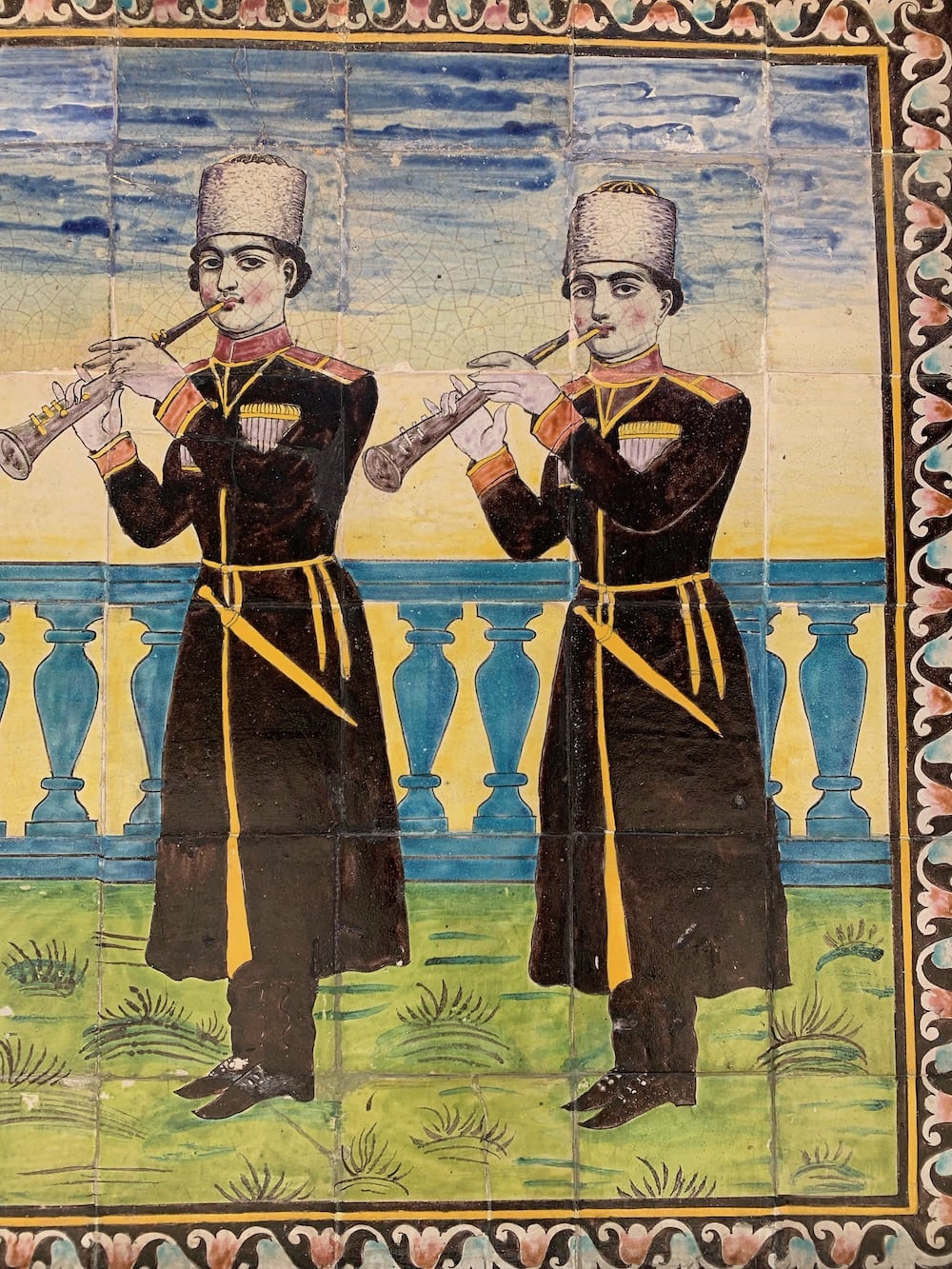
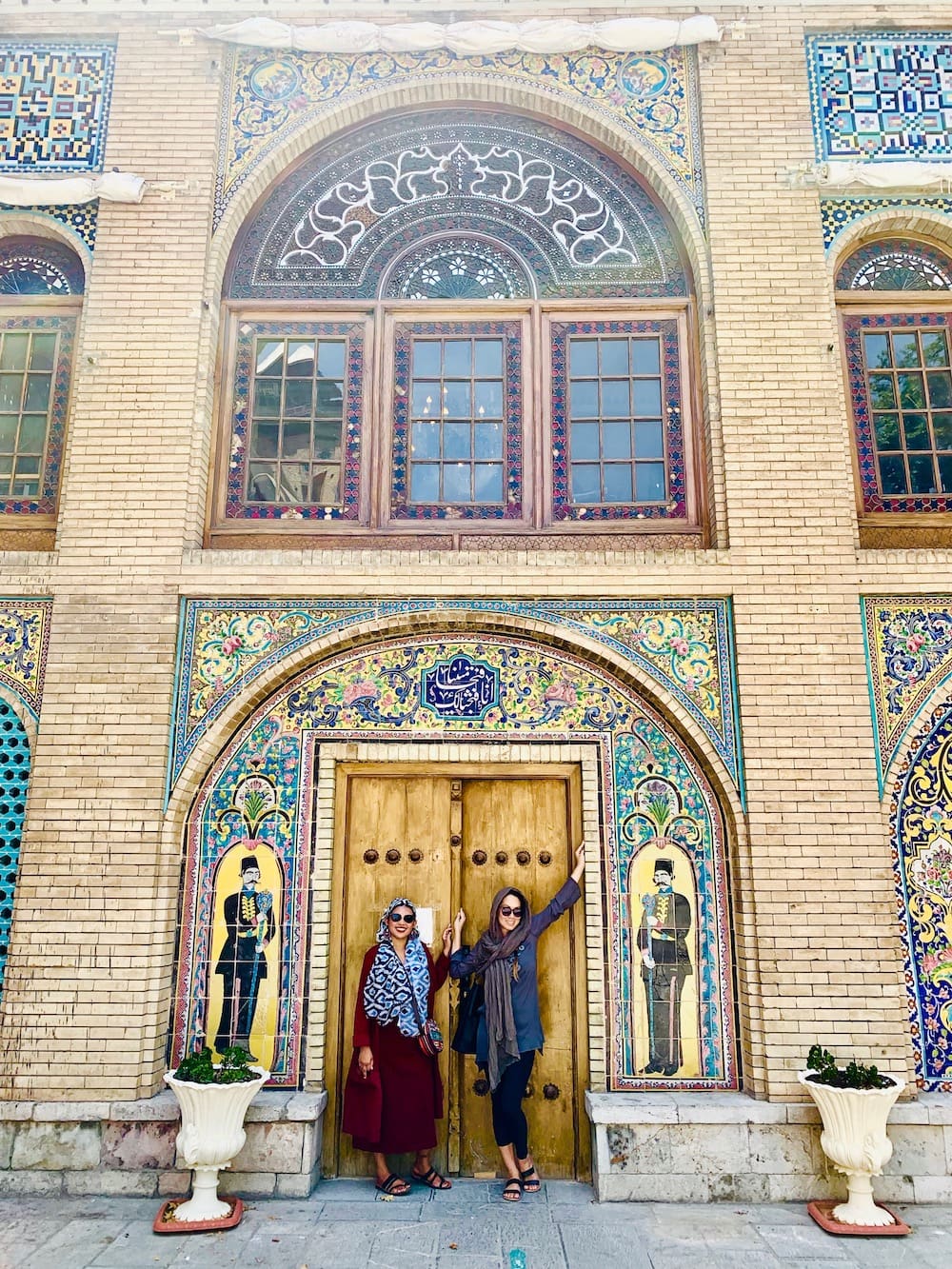
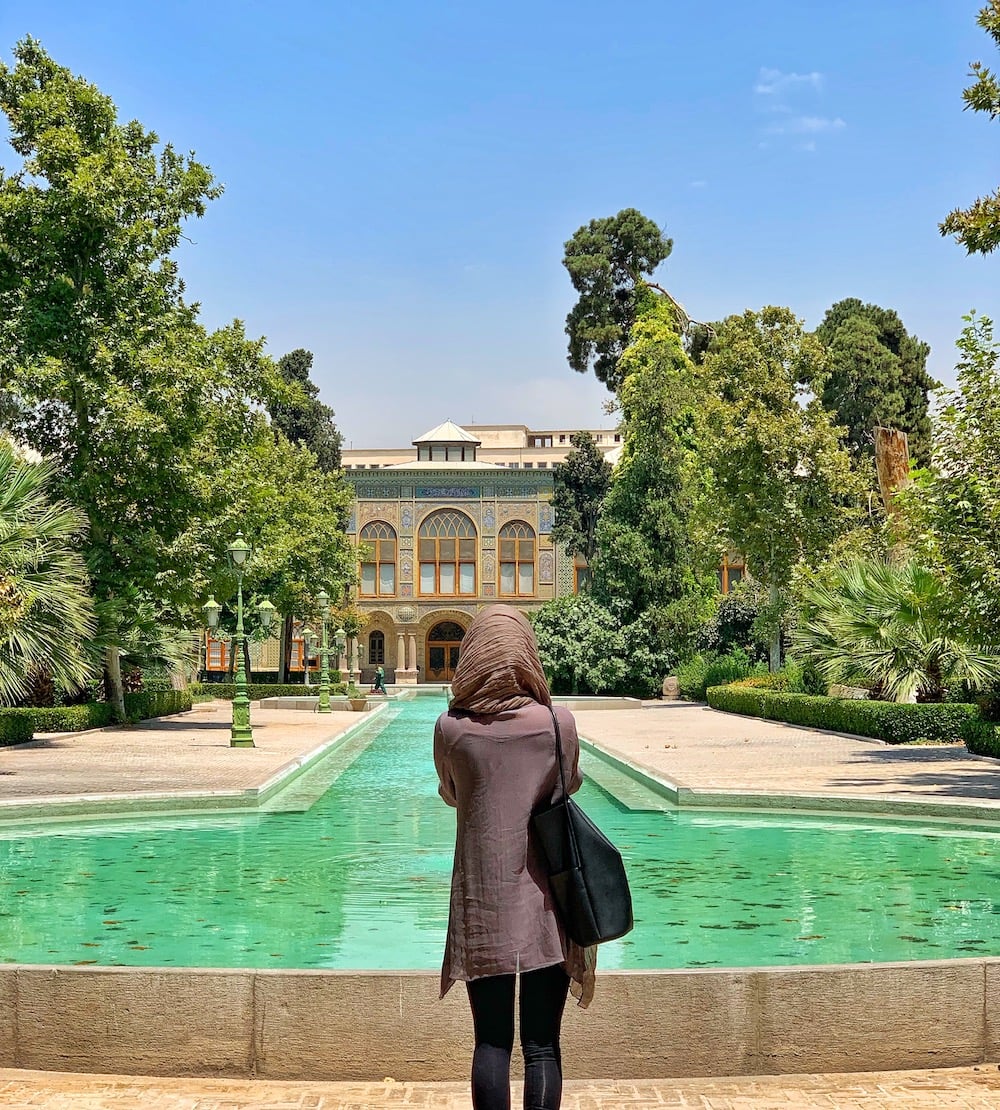
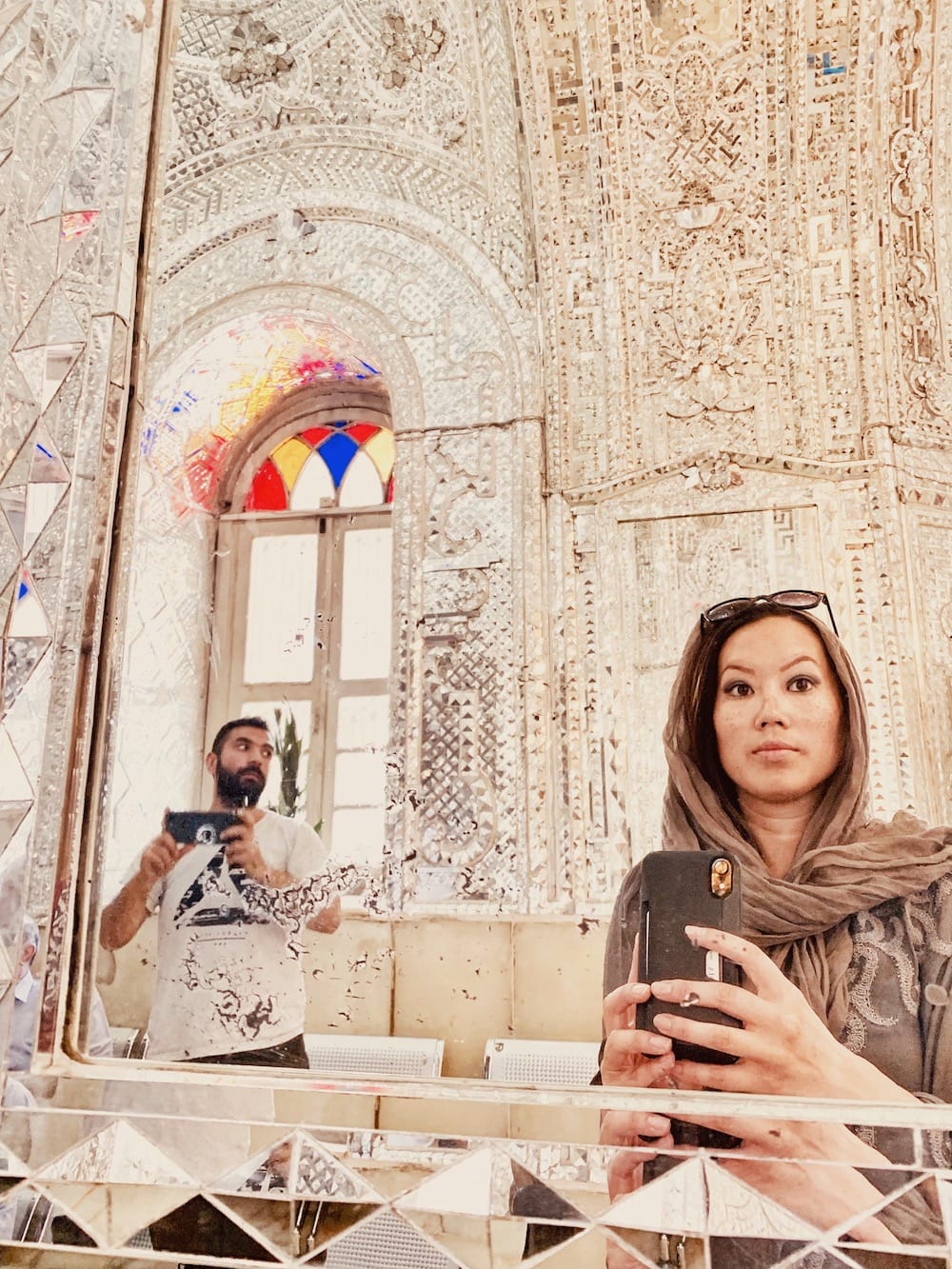
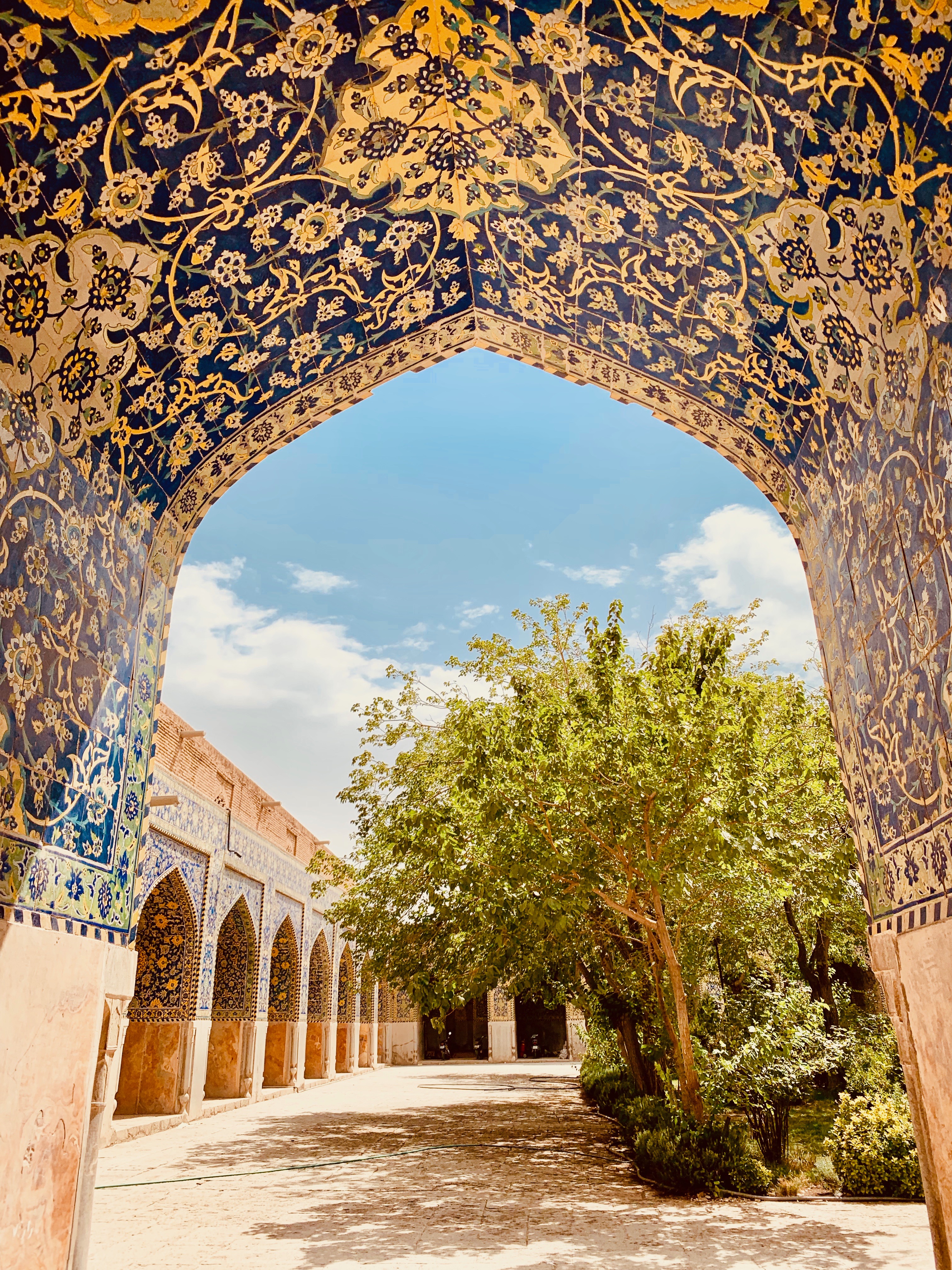
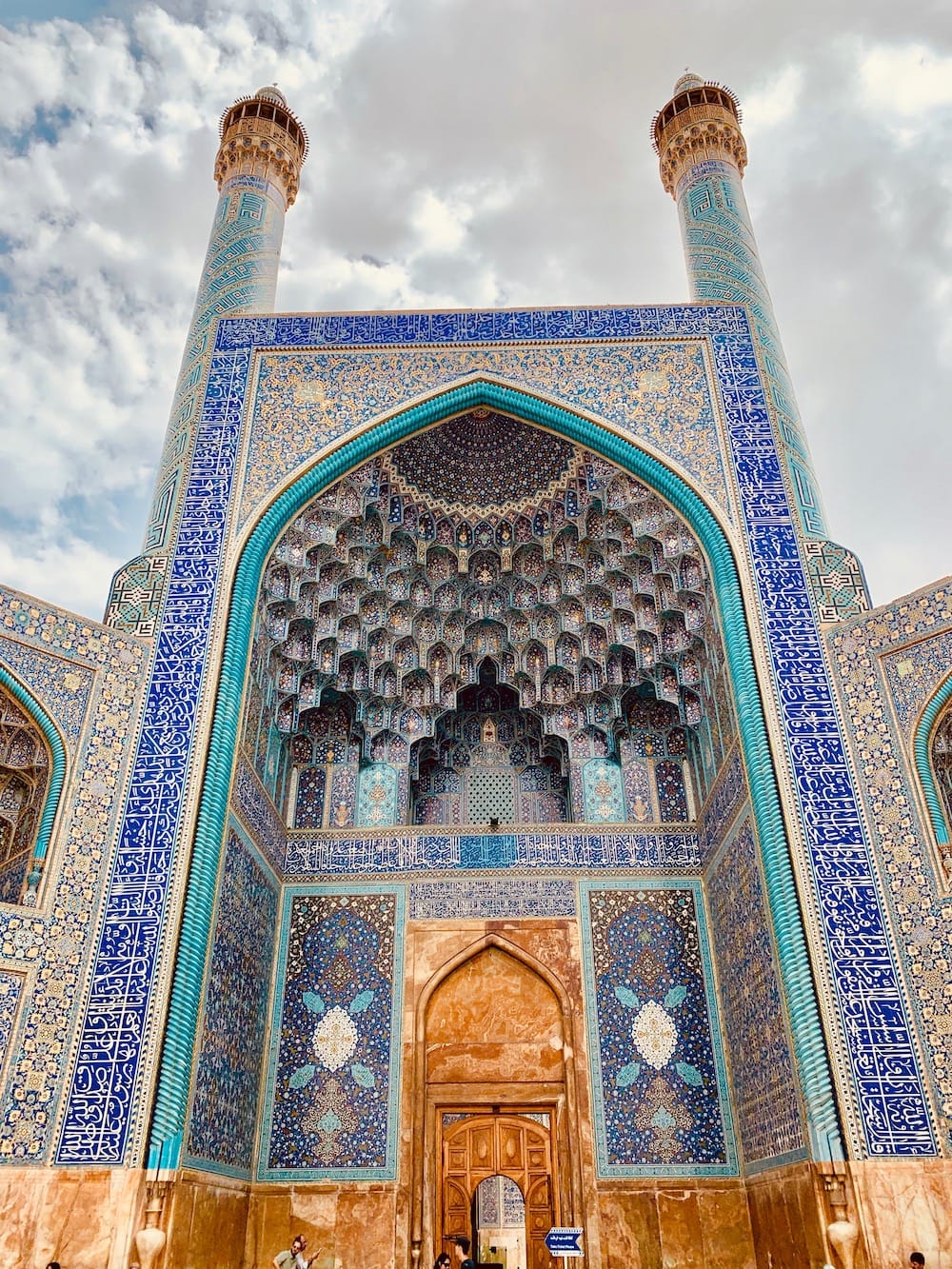
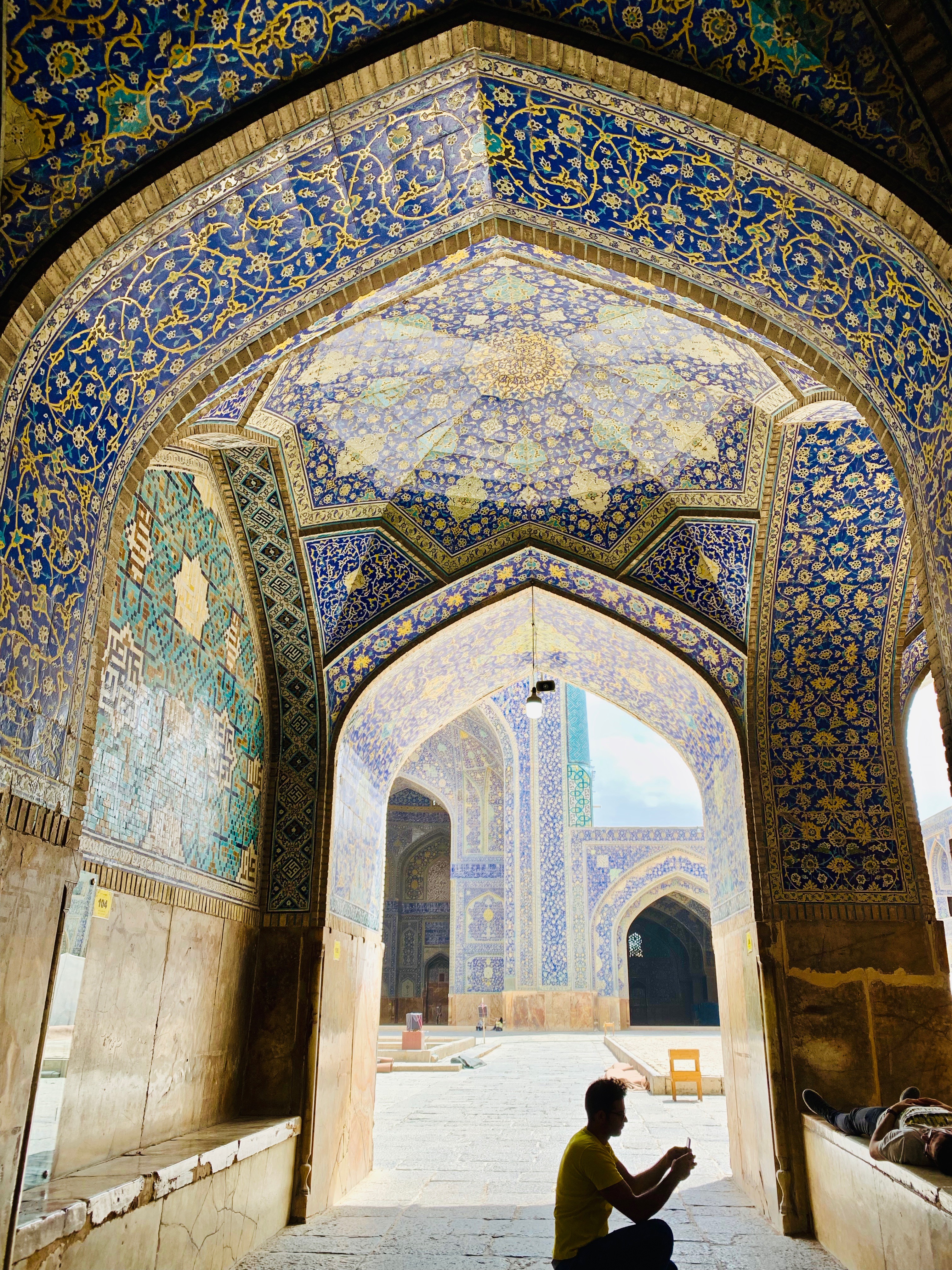
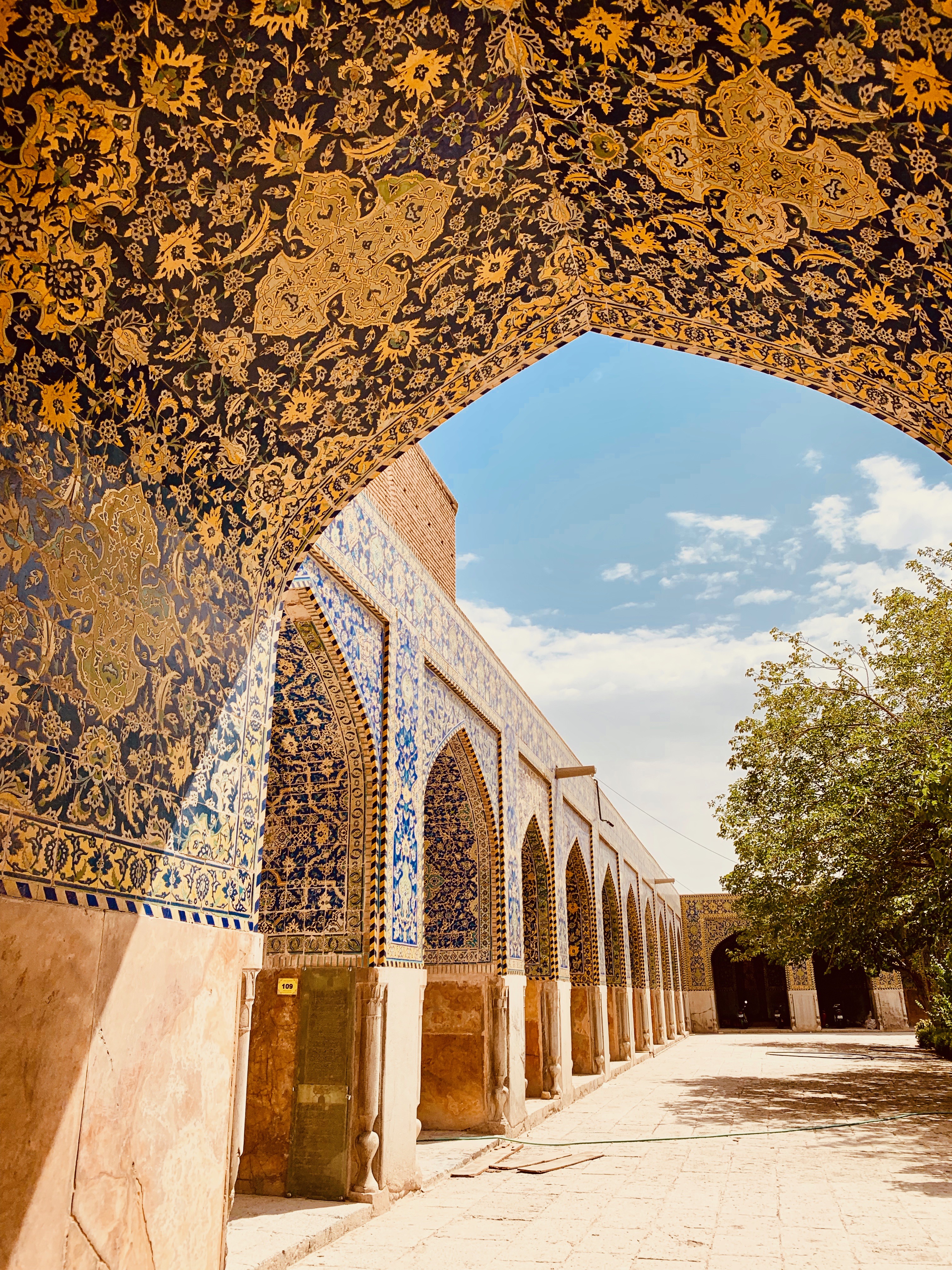
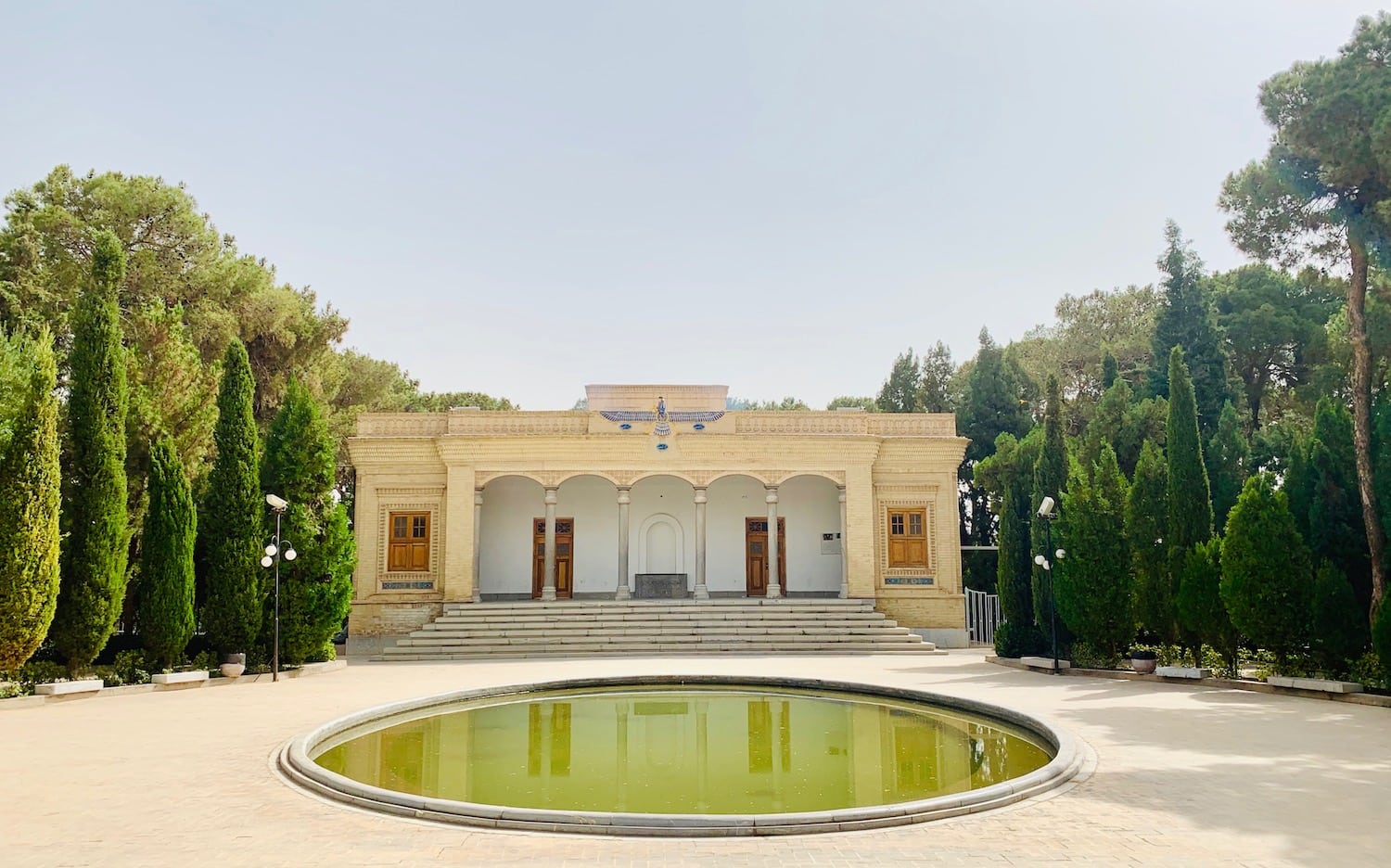
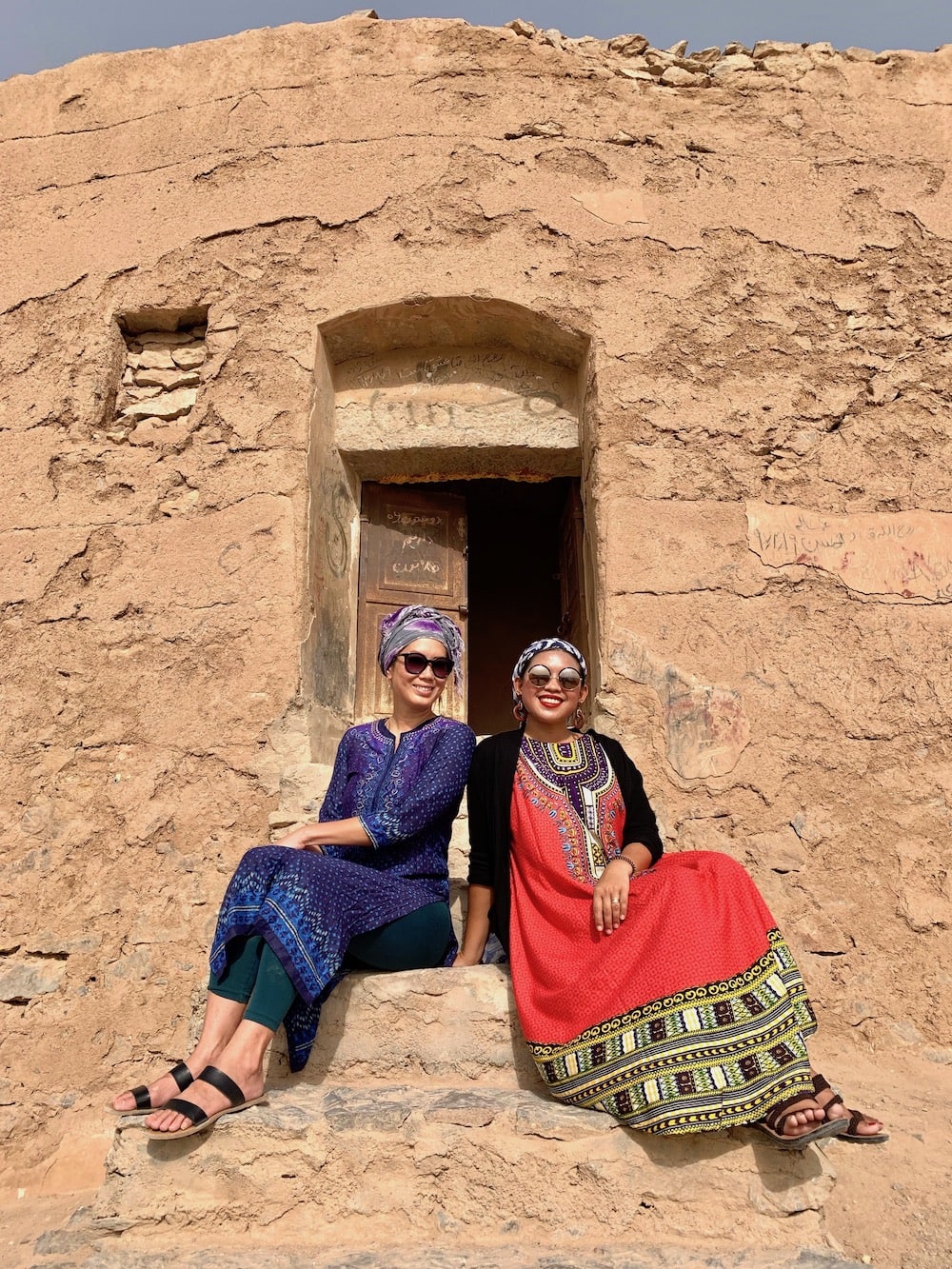
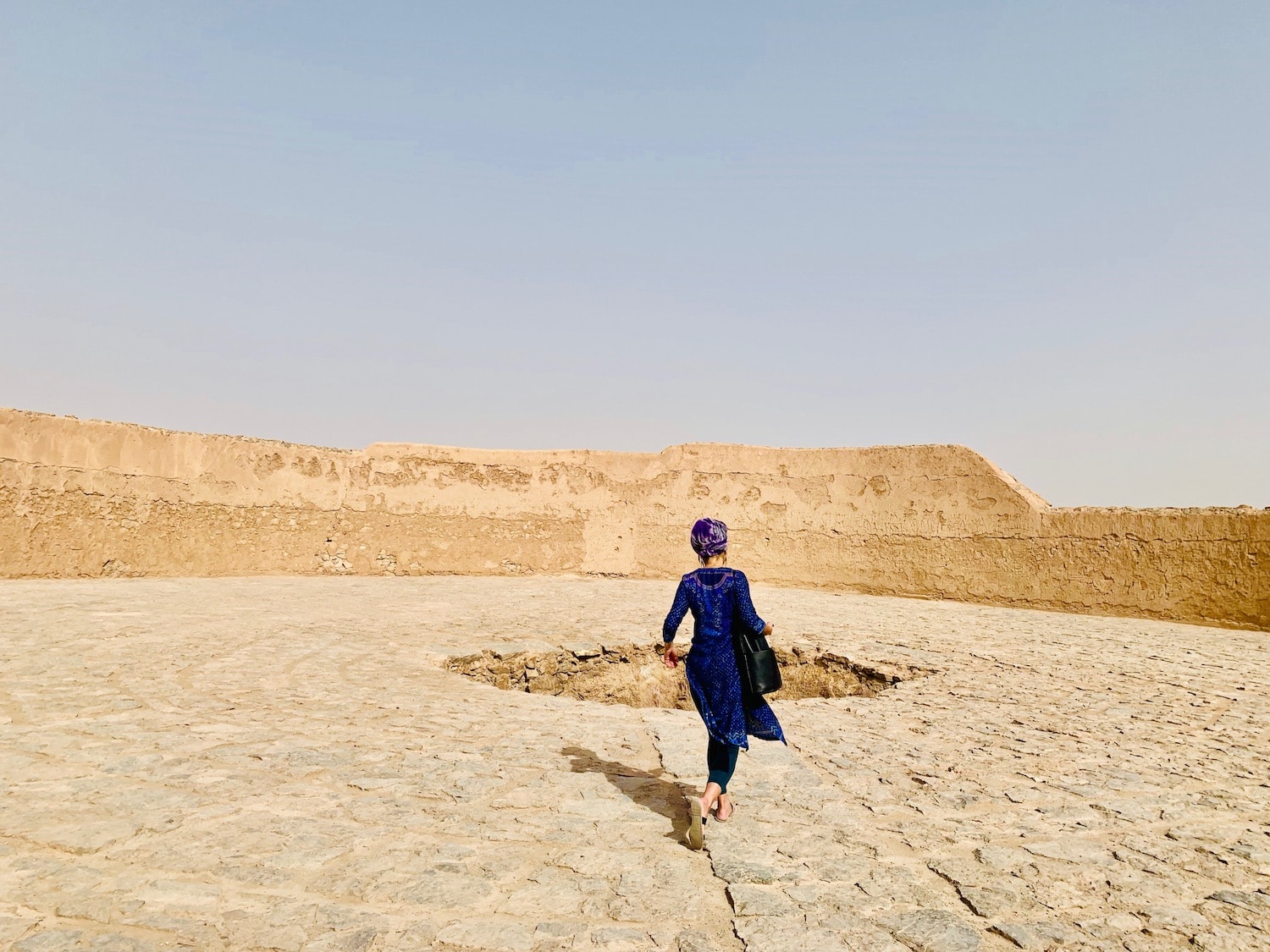
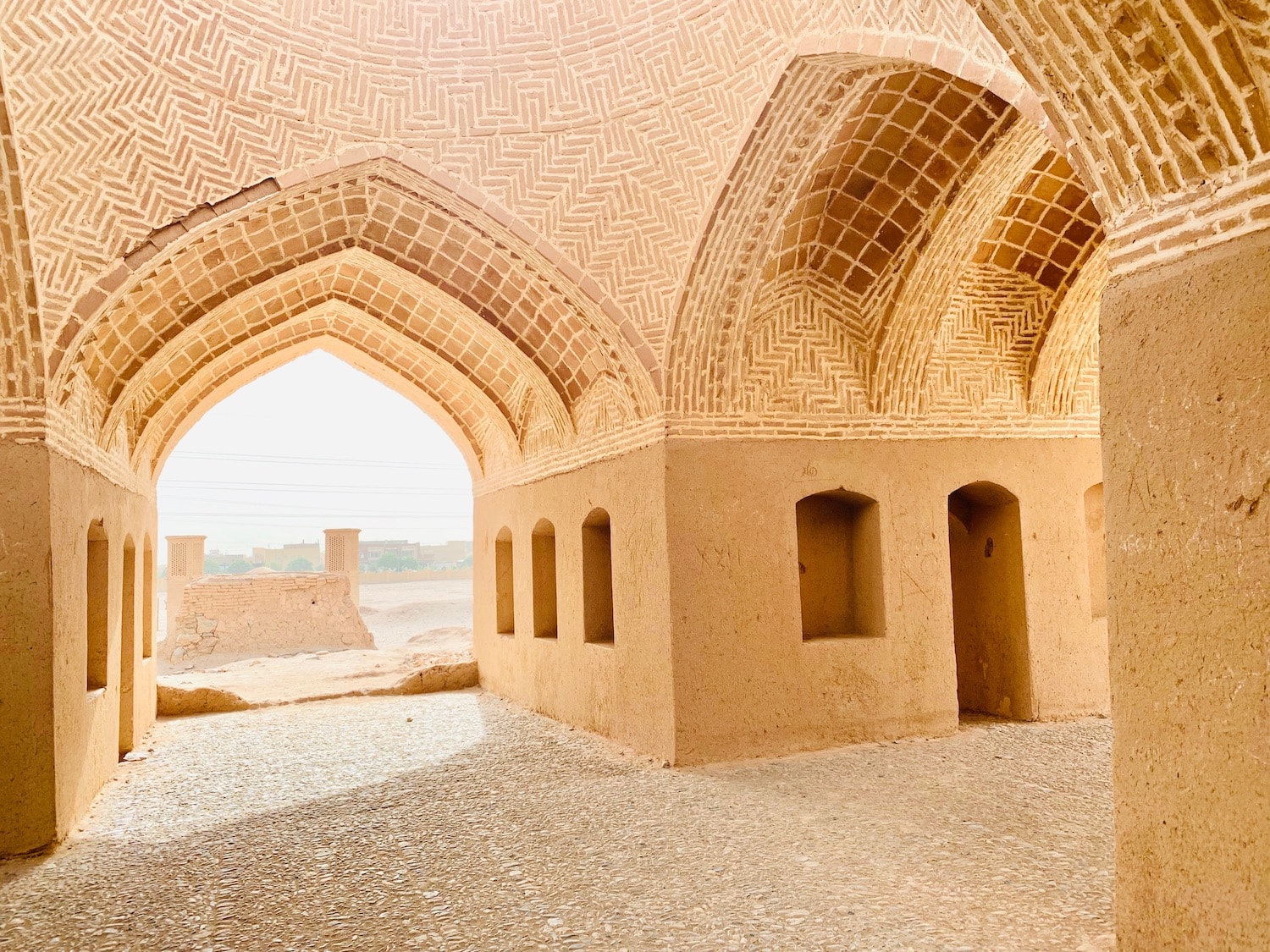
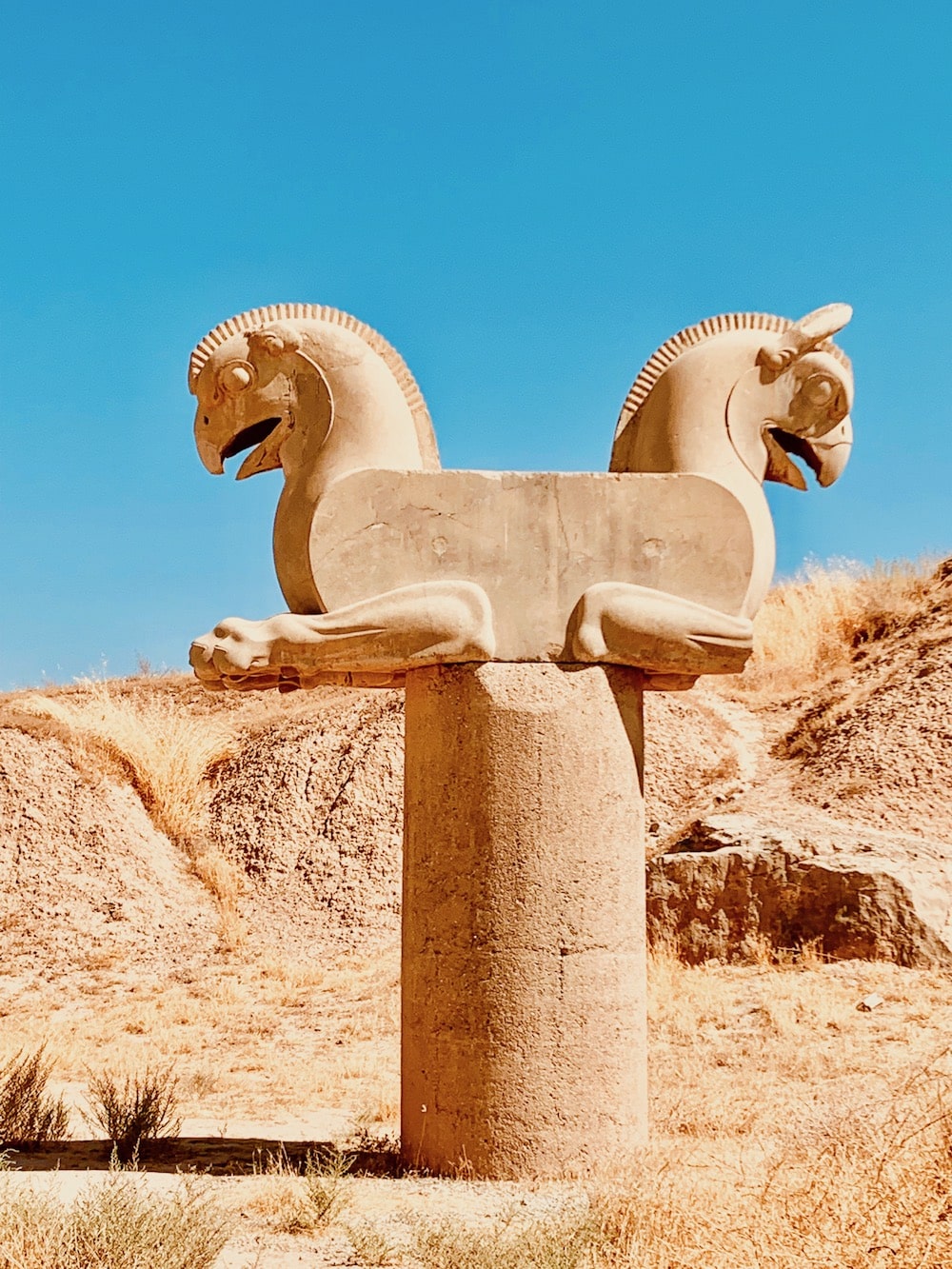
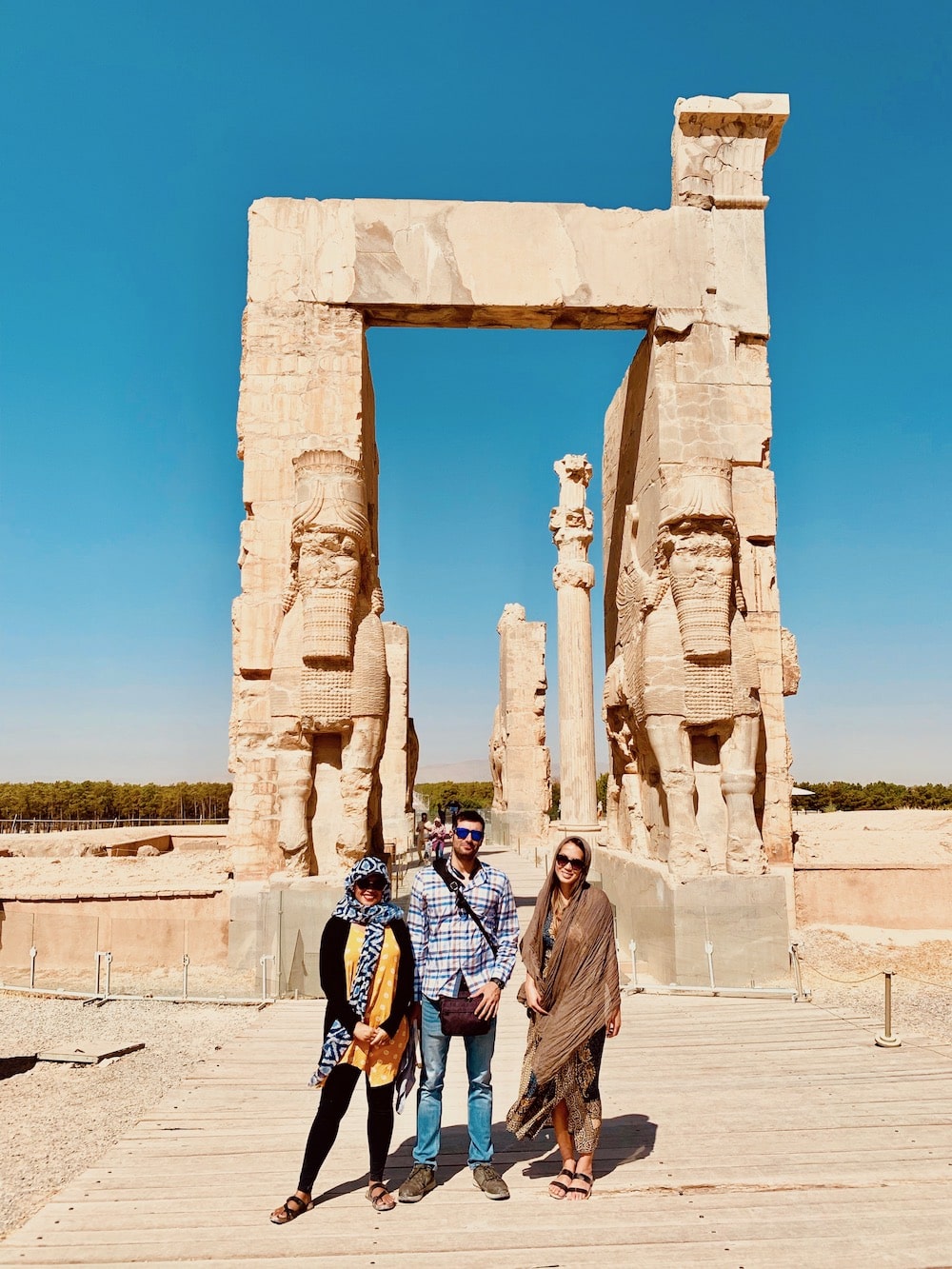
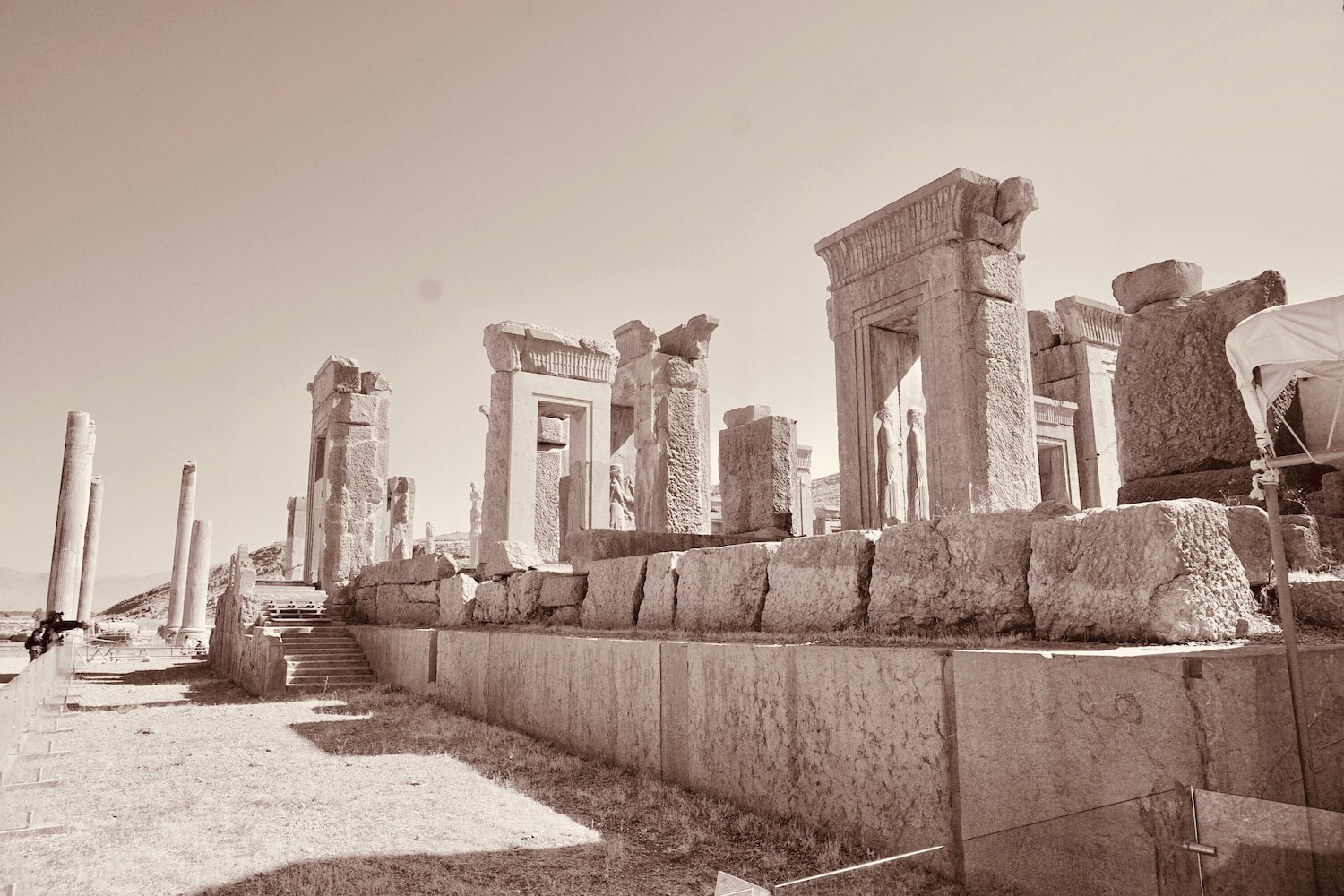
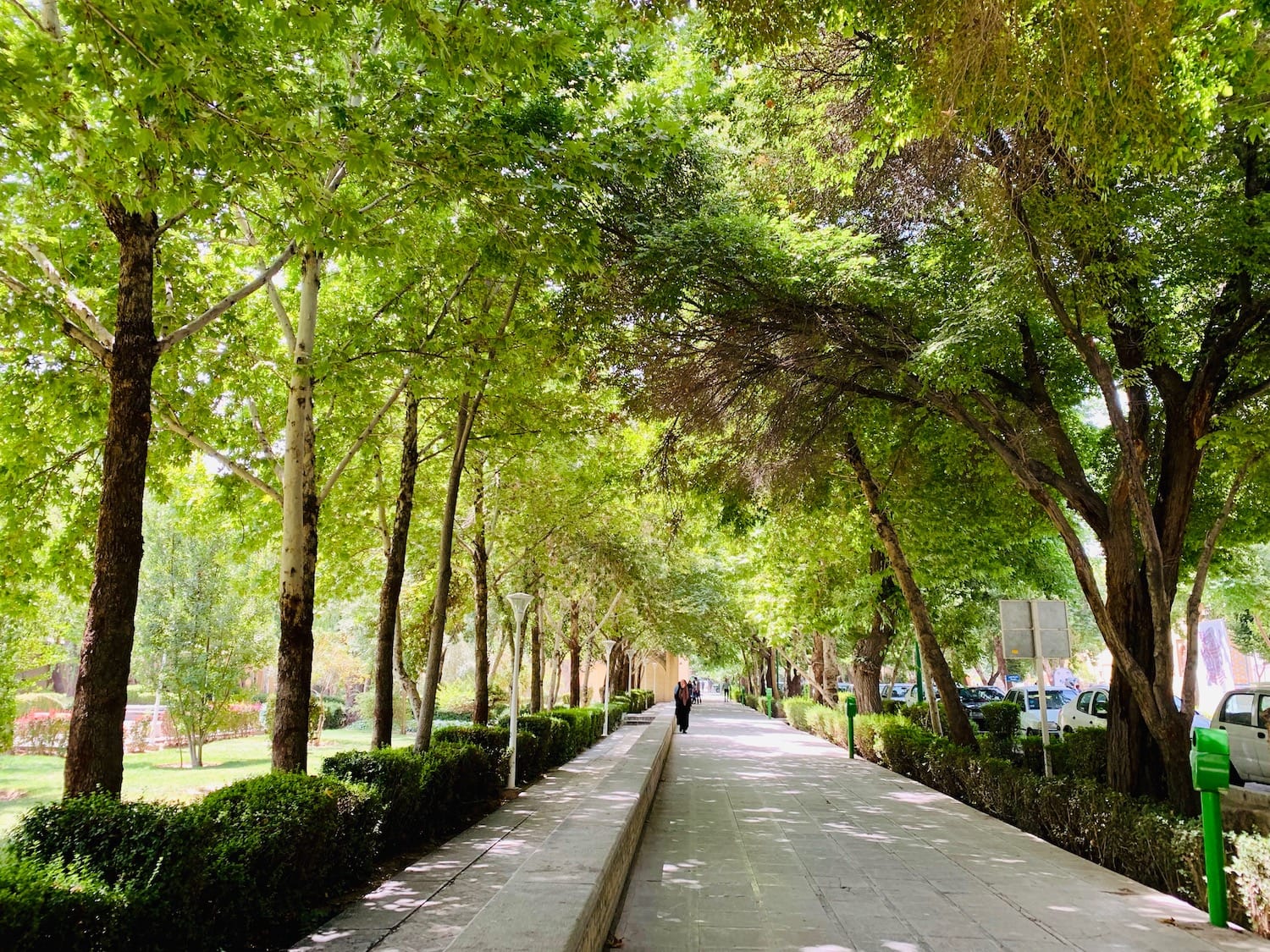
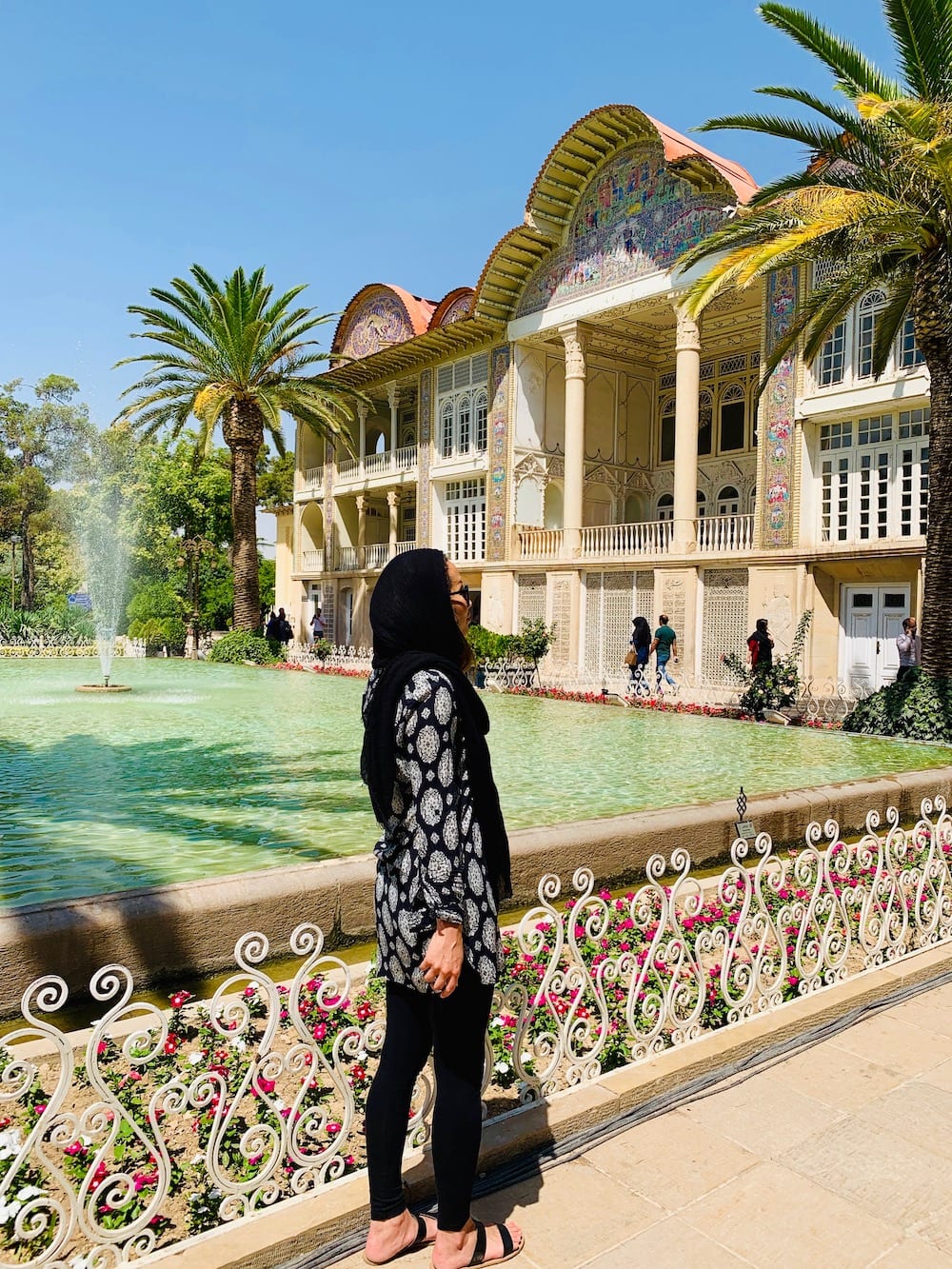
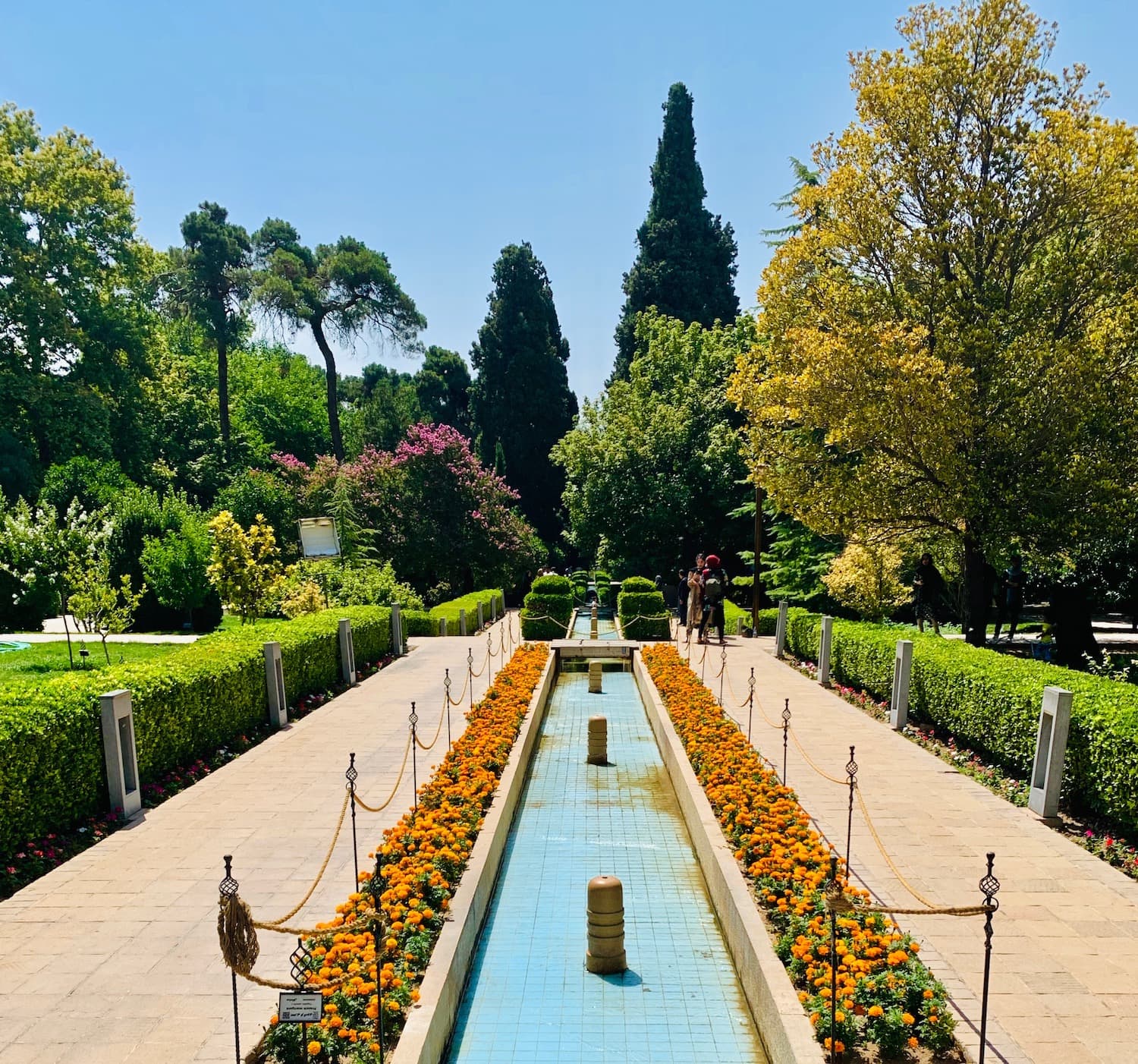
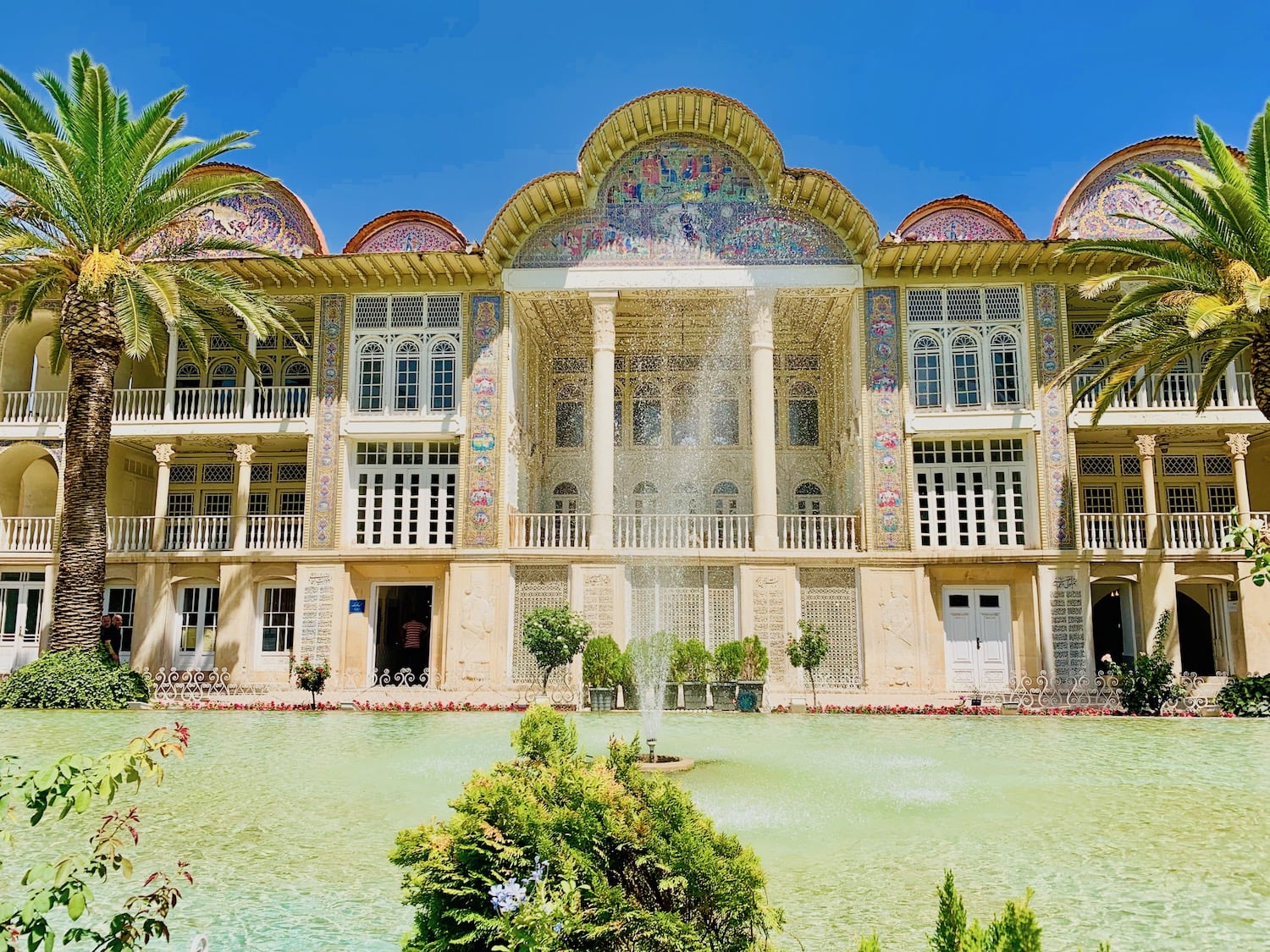
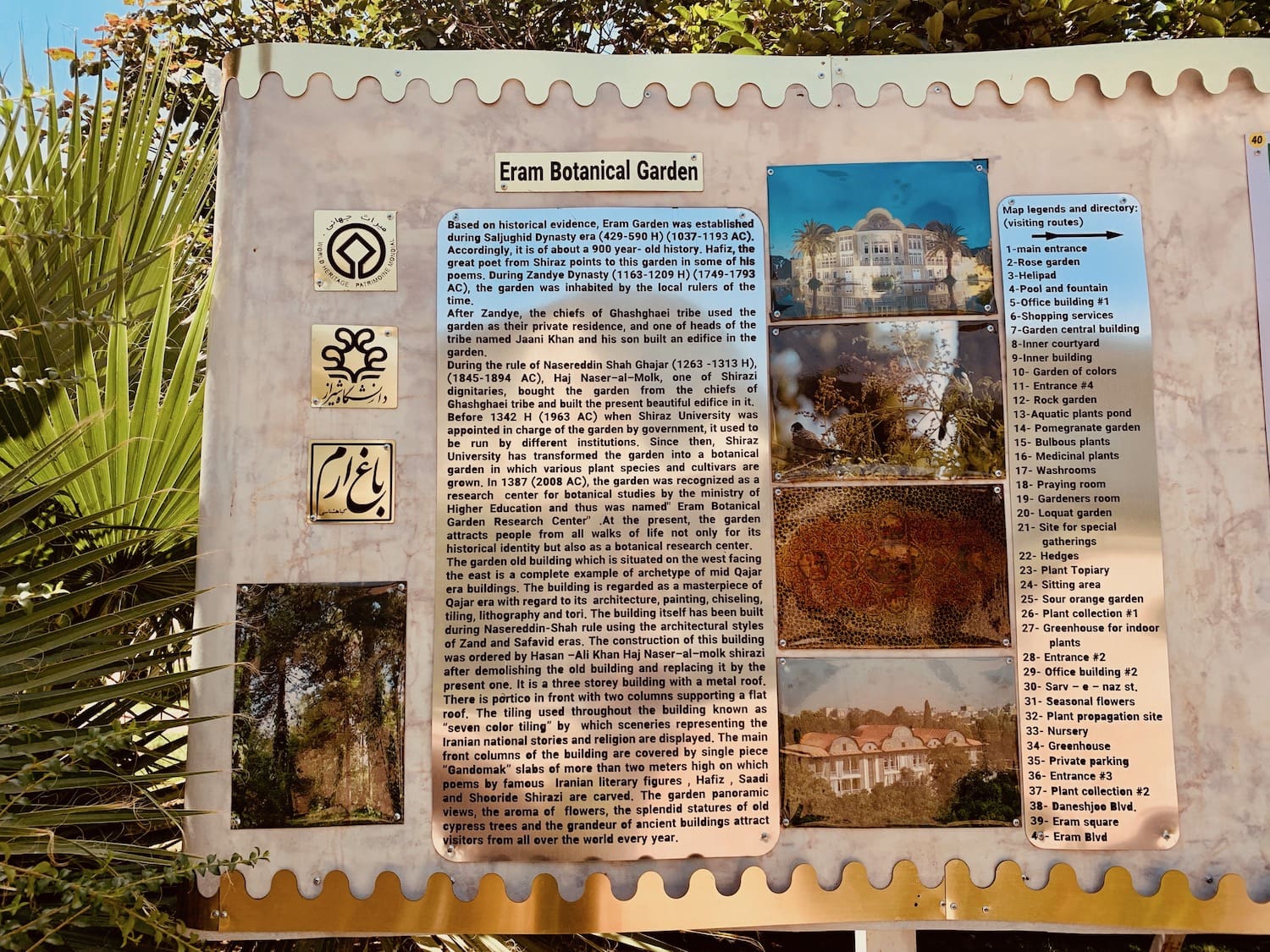
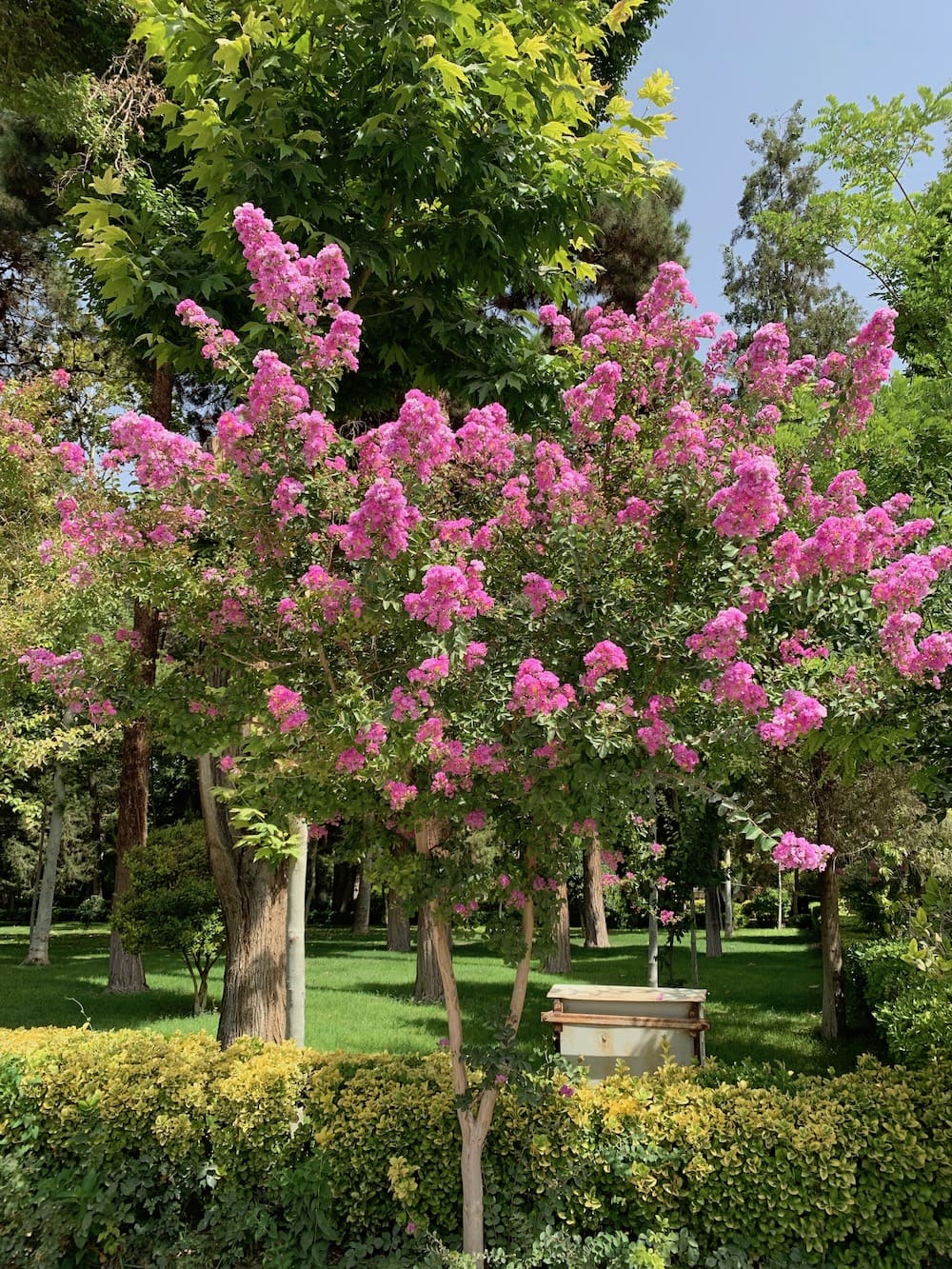
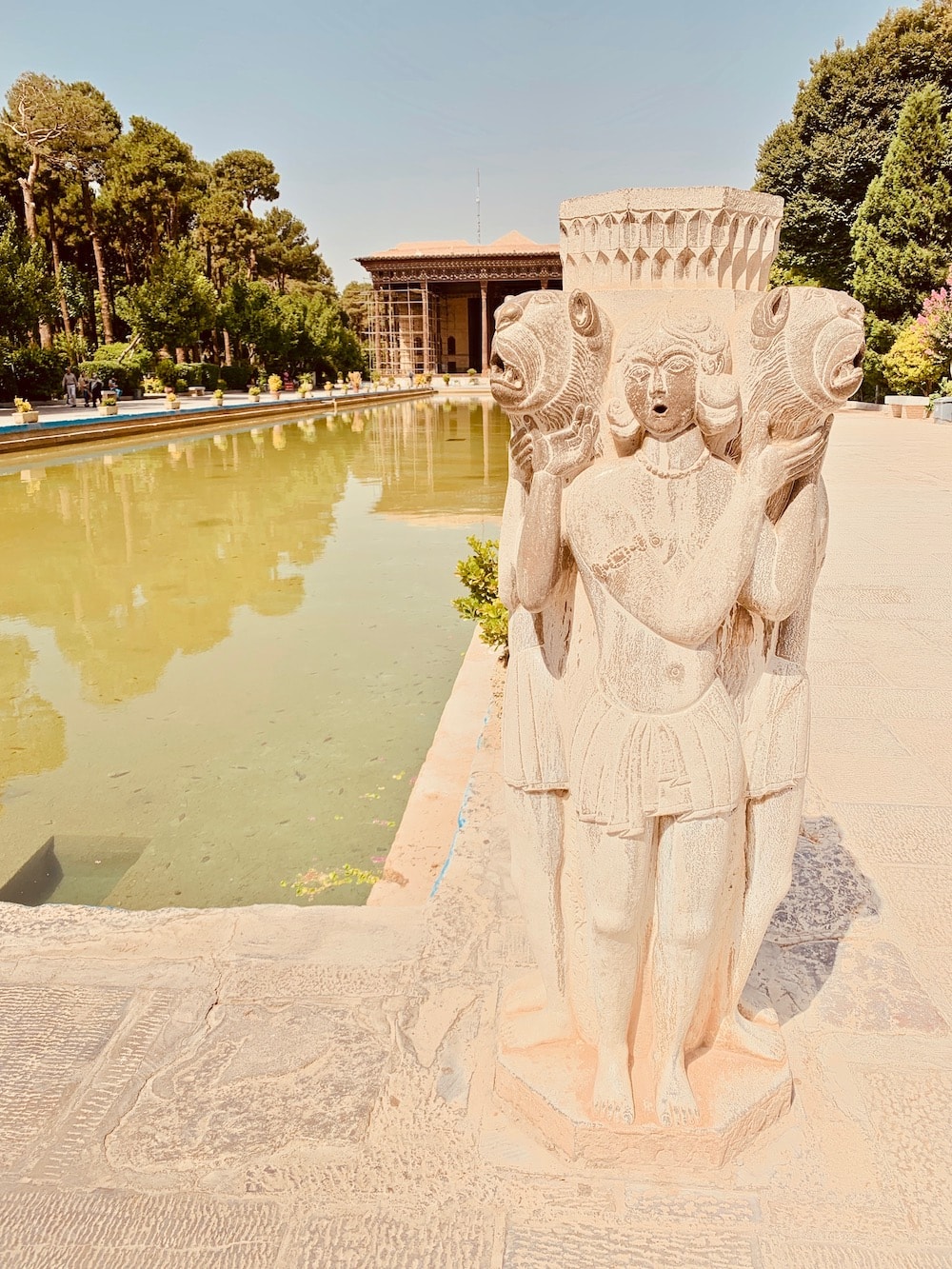

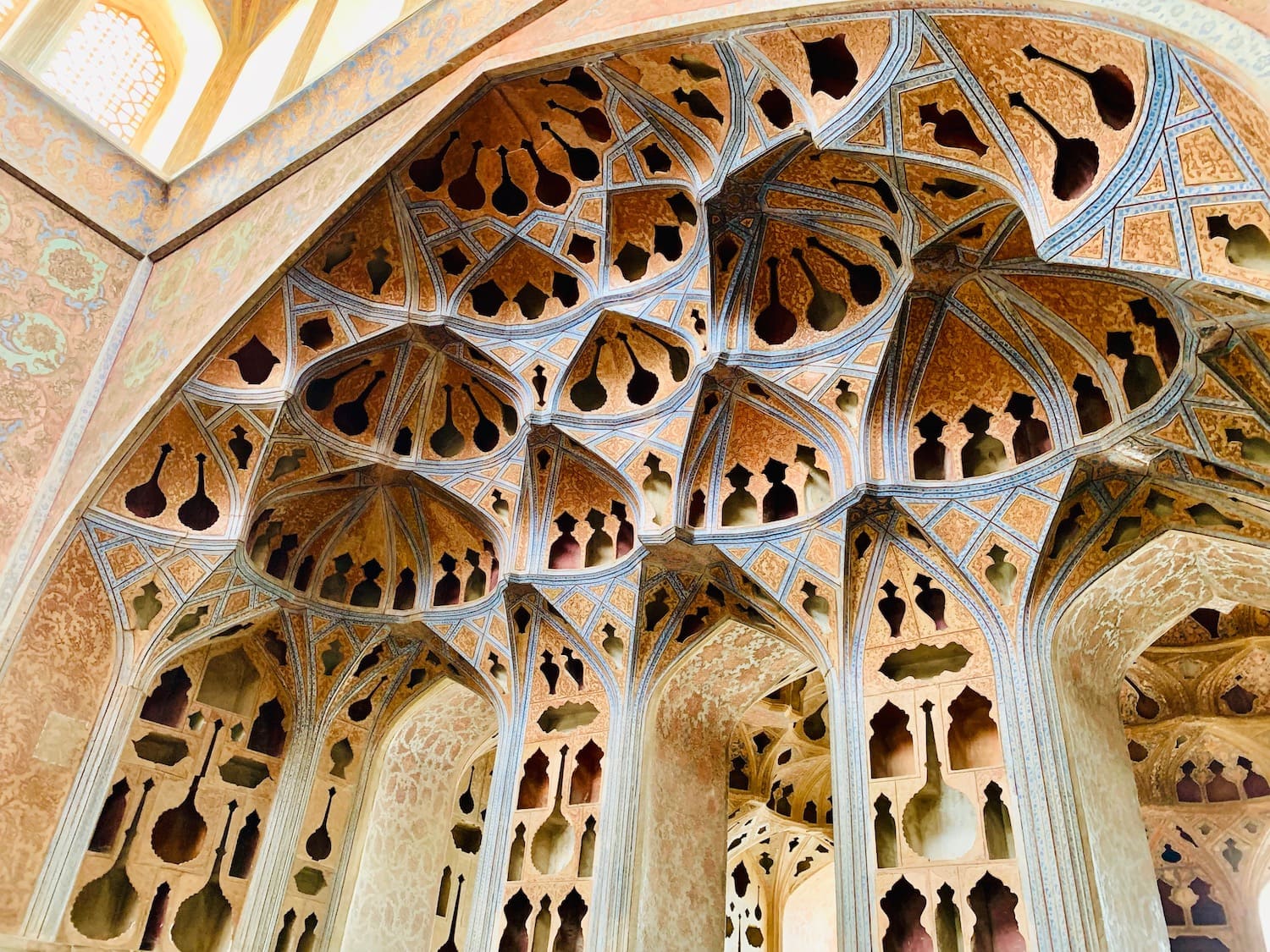
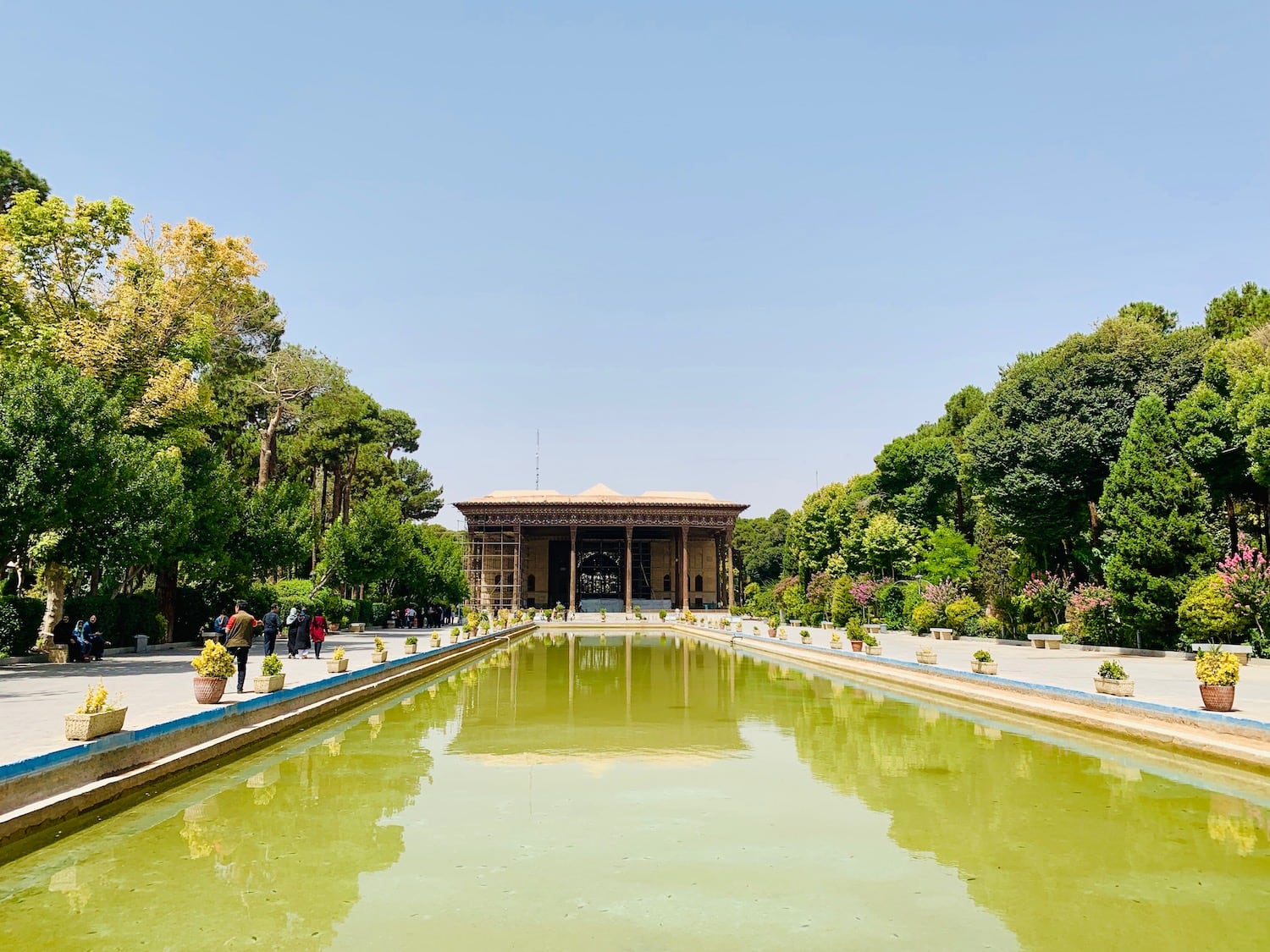
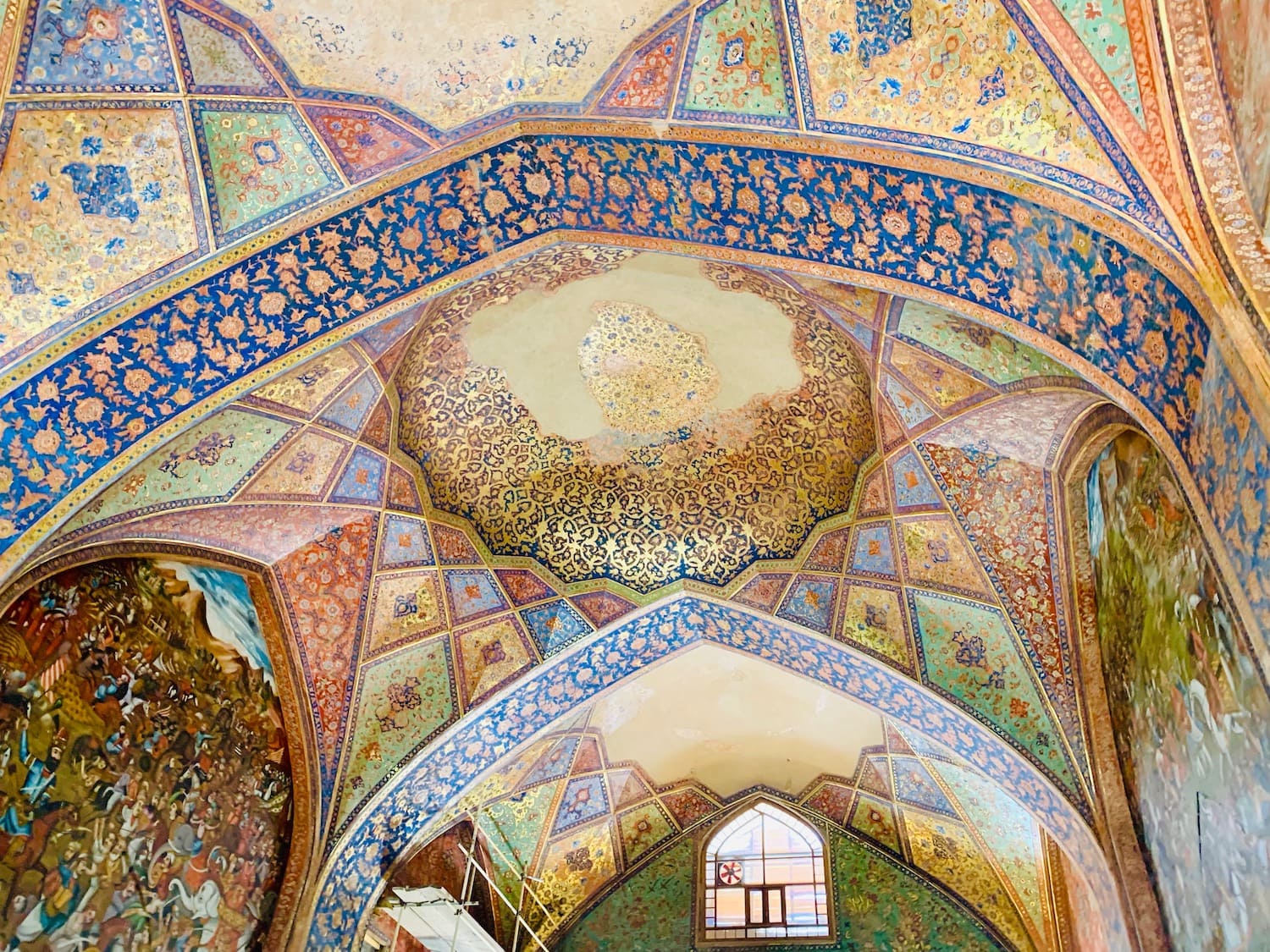
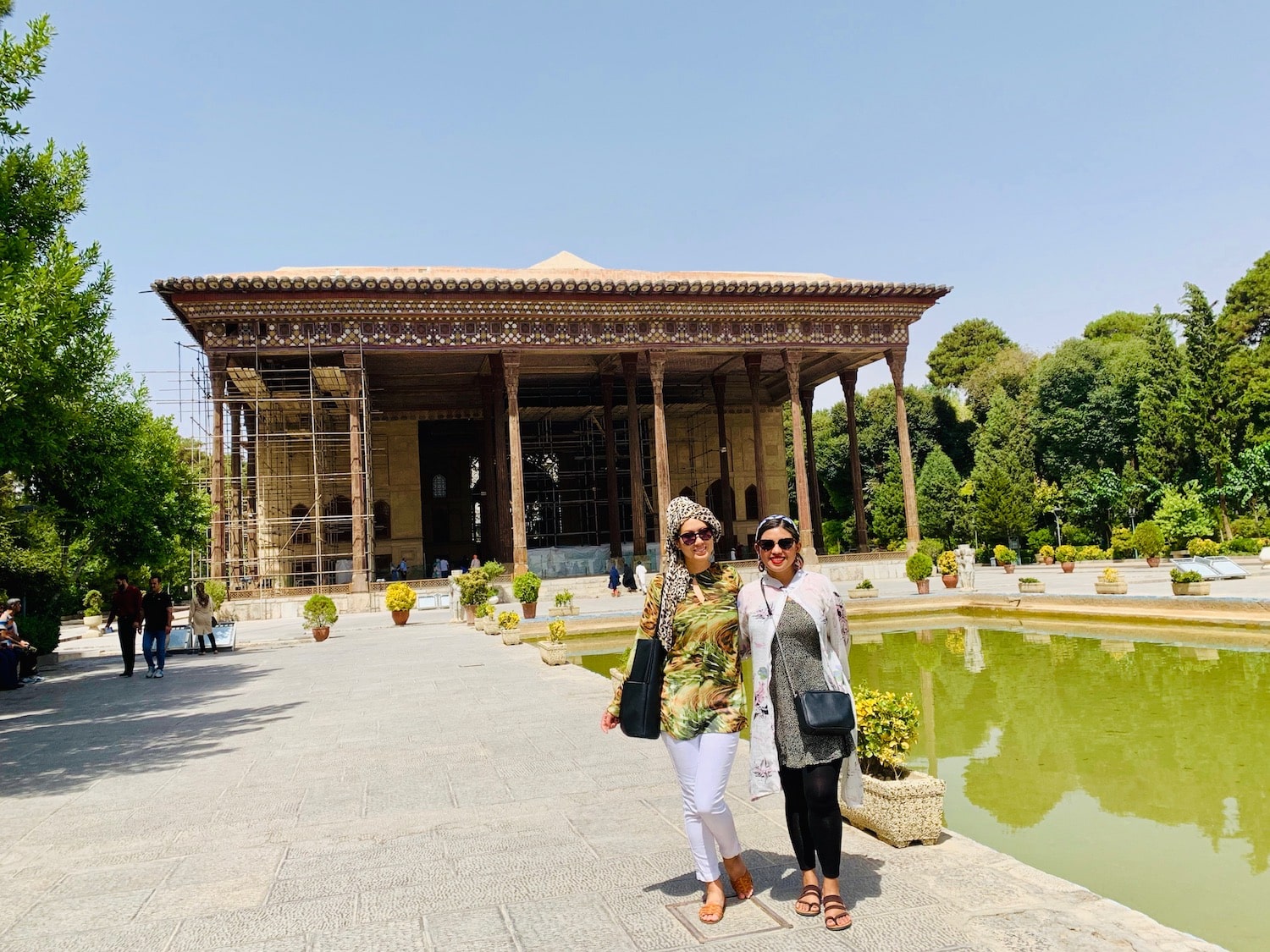

Pingback: 3 Best Restaurants in Tehran + Things to Do - Bohemian Vagabond - Jacki Ueng
Pingback: American Tourist in Iran: Travel Tips - Bohemian Vagabond - Jacki Ueng